Amarantus Artium
Artium Museoa Vitoria-Gasteiz, Spain November 5 2021 – March 13, 2022
Curated by Catalina Lozano
In collaboration with the Museum für Gegenwartskunst Siegen (Germany) and Museo Universitario de Arte Contemporáneo (Mexico).
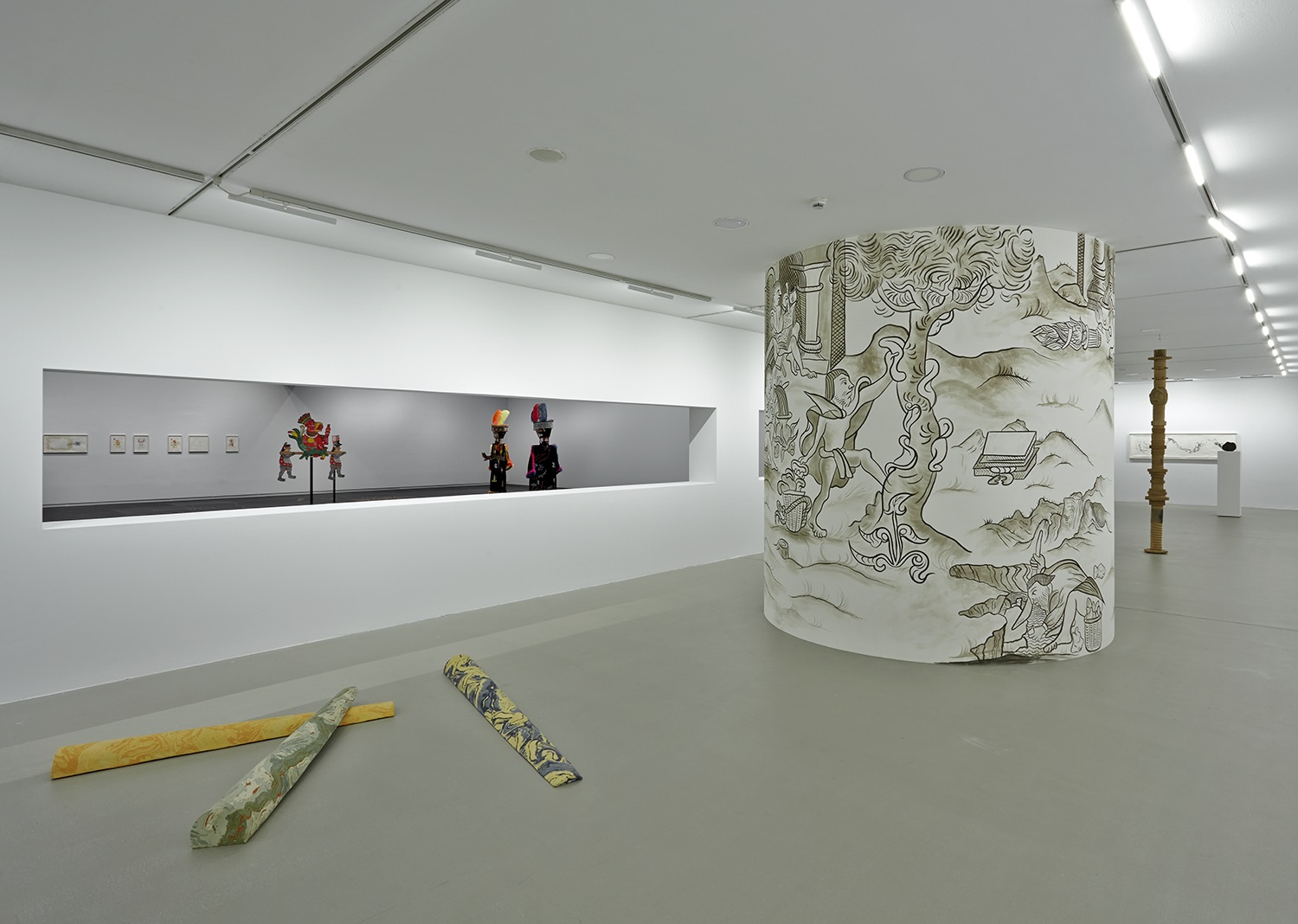
Installation view of Para qué me diste las manos llenas de color, / todo lo que toque se llenará de sol, 2021 / Perfecto Luna in the Exhibition Amarantus. Artium Museoa. Spain, 2021. Courtesy Artium Museoa, Vitoria-Gasteiz. Photo: Gert Voor in’t Holt
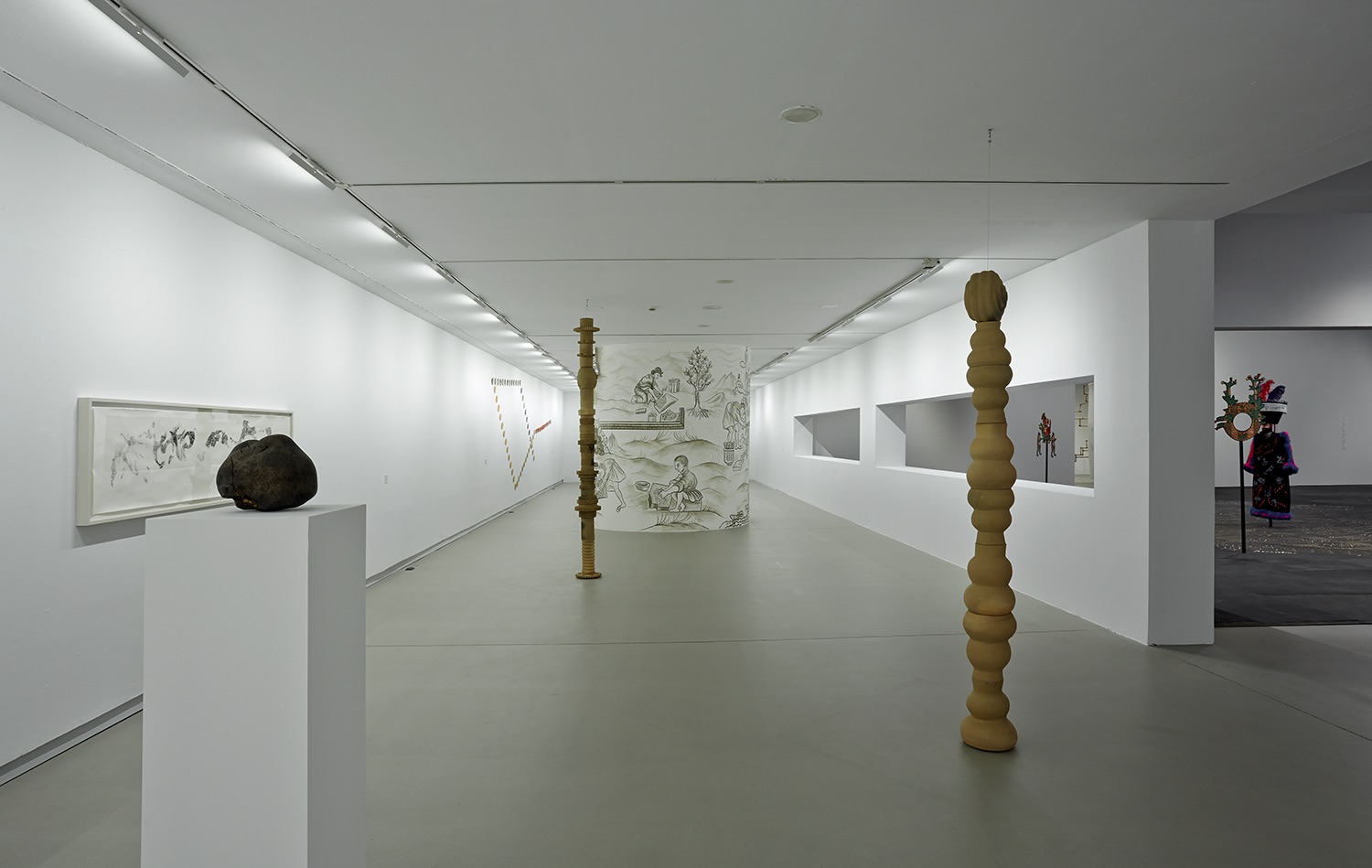
Installation view of the Exhibition Amarantus. Artium Museoa. Spain, 2021. Spain, 2021. Courtesy Artium Museoa, Vitoria-Gasteiz. Photo: Gert Voor in’t Holt
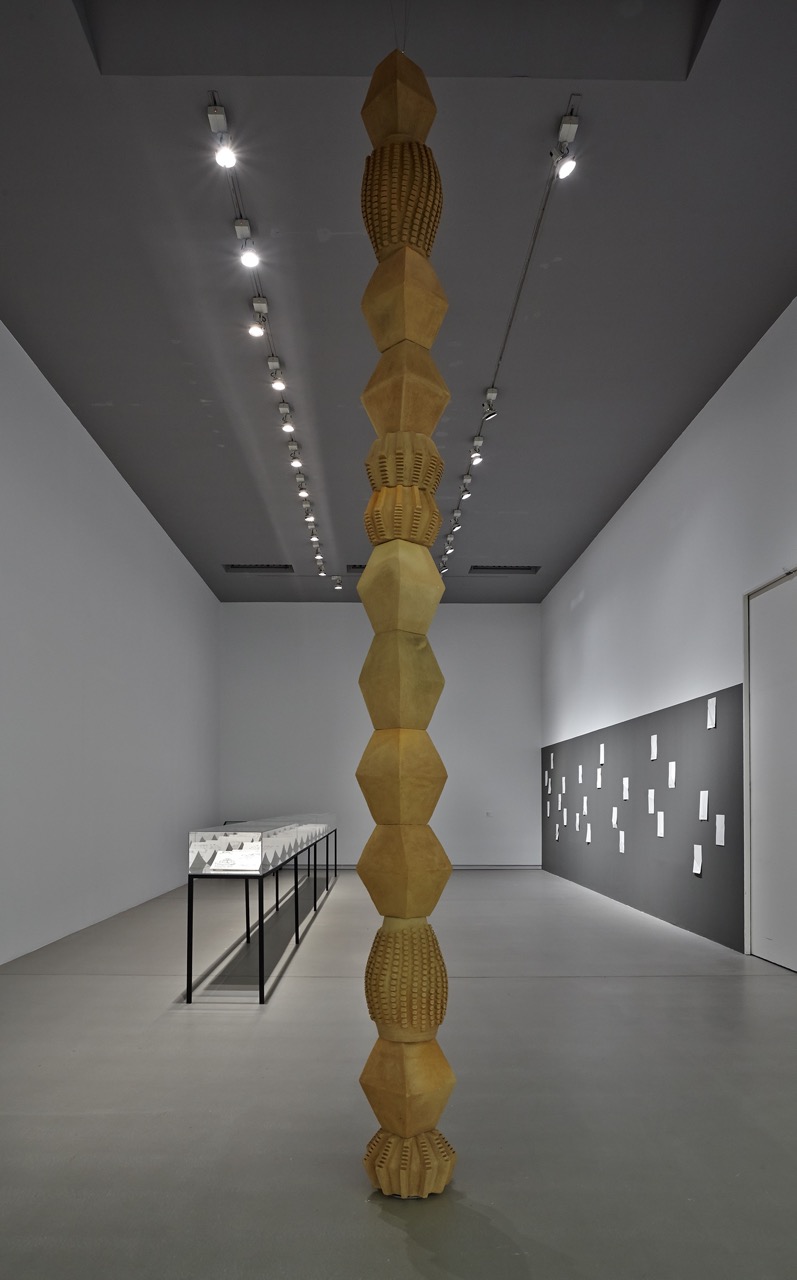
Rhomboid (Sérignan), ceramic column, 2015. in the exhibition Amarantus. Artium Museoa. 2021. Courtesy Artium Museoa, Vitoria-Gasteiz. Photo: Gert Voor in’t Holt
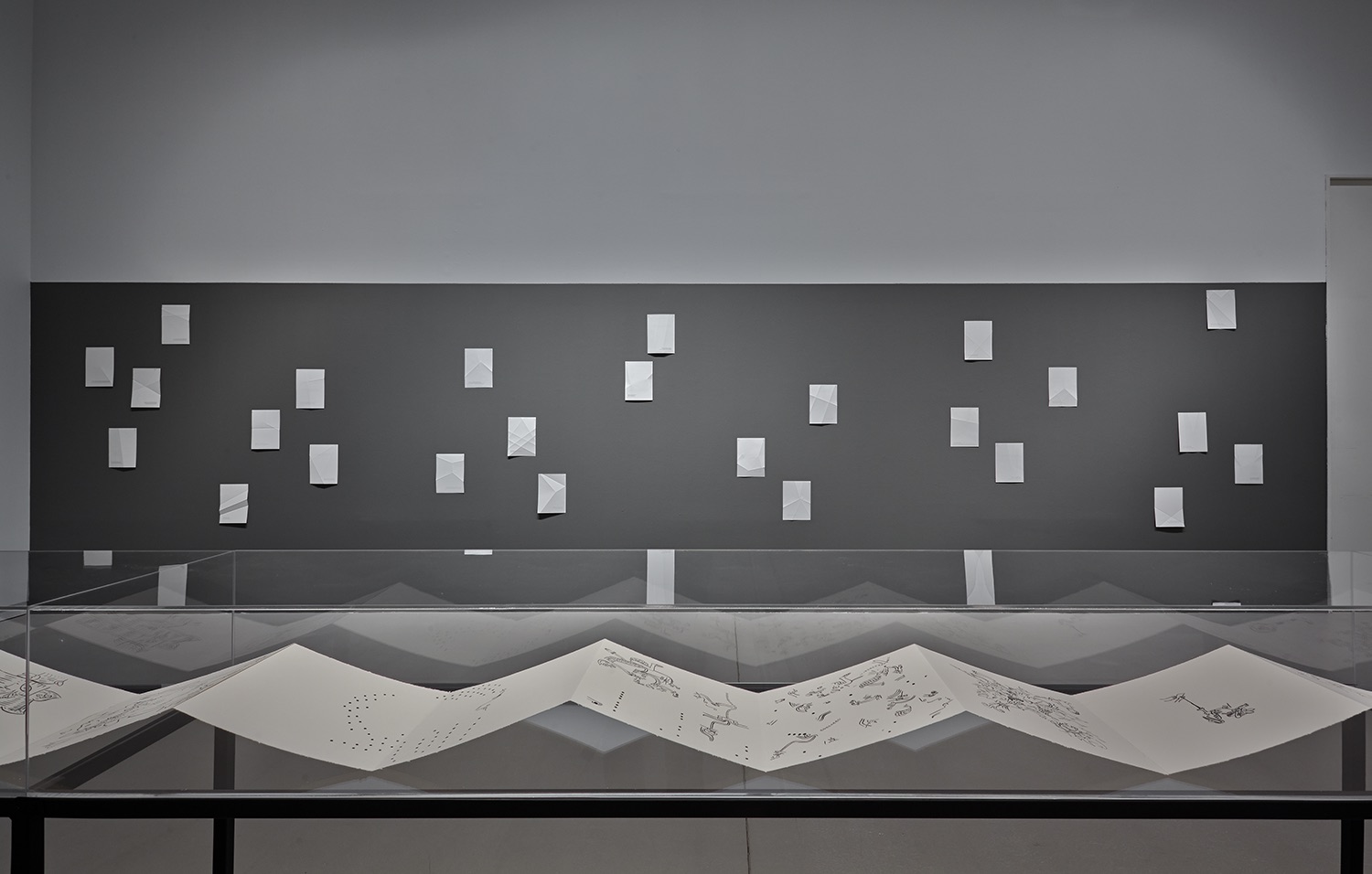
Installation view of El donde estoy va desapareciendo, 2010 / Falschgesichter, 2018. In the exhibition Amarantus. Artium Museoa. Spain, 2021. Courtesy Artium Museoa, Vitoria-Gasteiz. Photo: Gert Voor in’t Holt
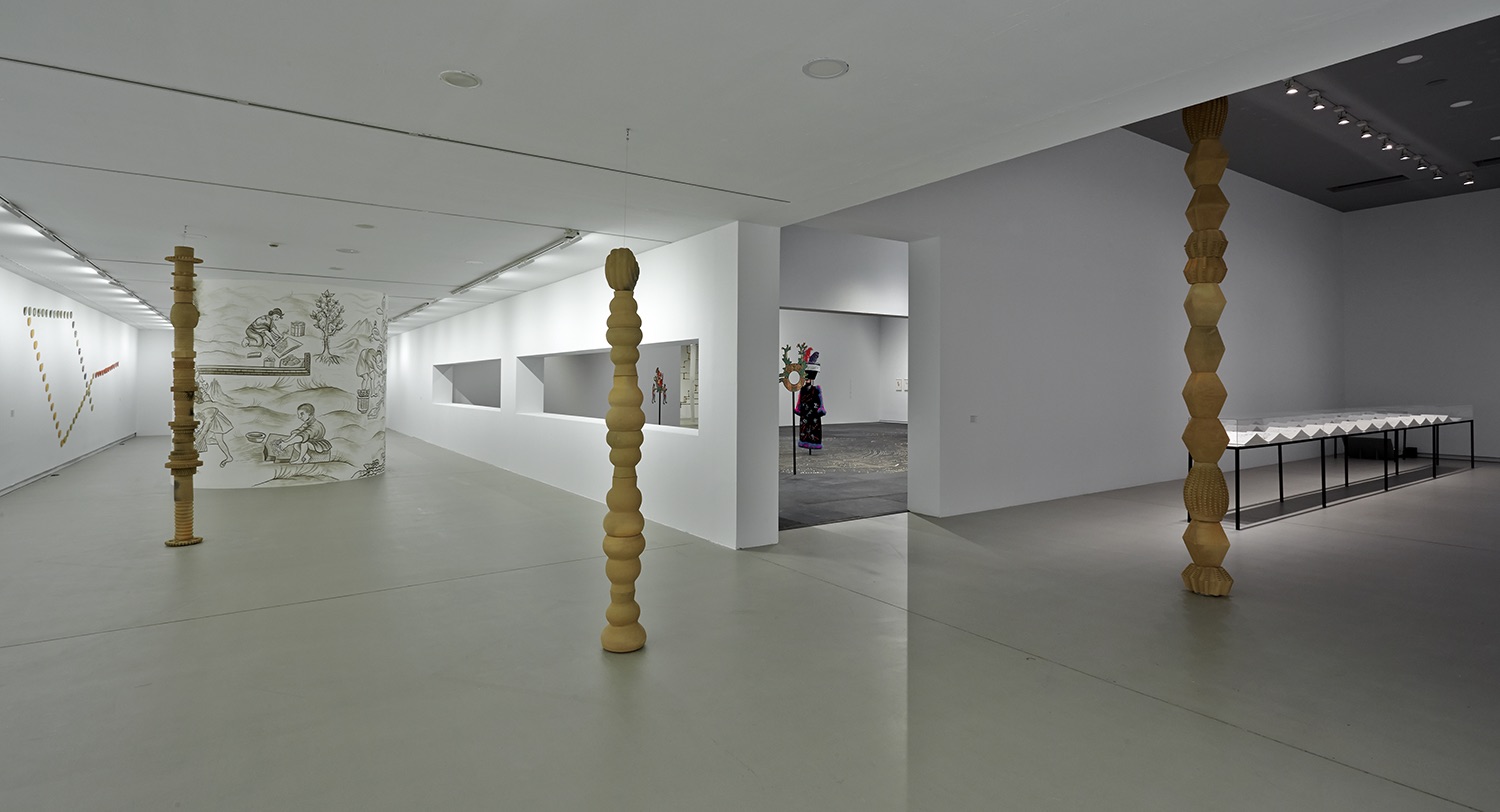
Installation view of the Exhibition Amarantus. Artium Museoa. Spain, 2021. Spain, 2021. Courtesy Artium Museoa, Vitoria-Gasteiz. Photo: Gert Voor in’t Holt
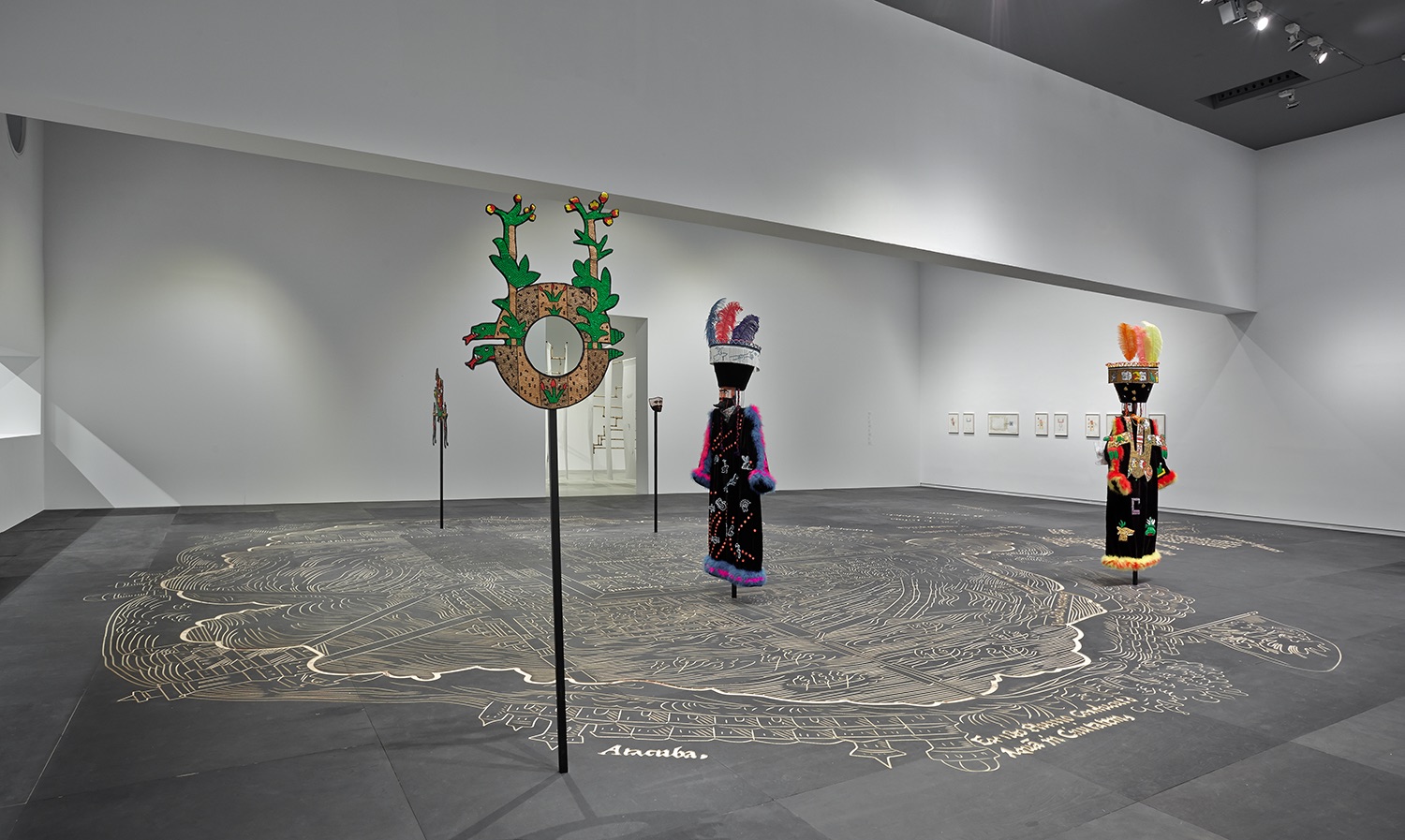
Installation view of Nuremberg Map of Tenochtitlan, 2013 / No acabarán mis flores, 2013, in the exhibition Amarantus. Artium Museoa. Spain, 2021. Courtesy Artium Museoa, Vitoria-Gasteiz. Photo: Gert Voor in’t Holt
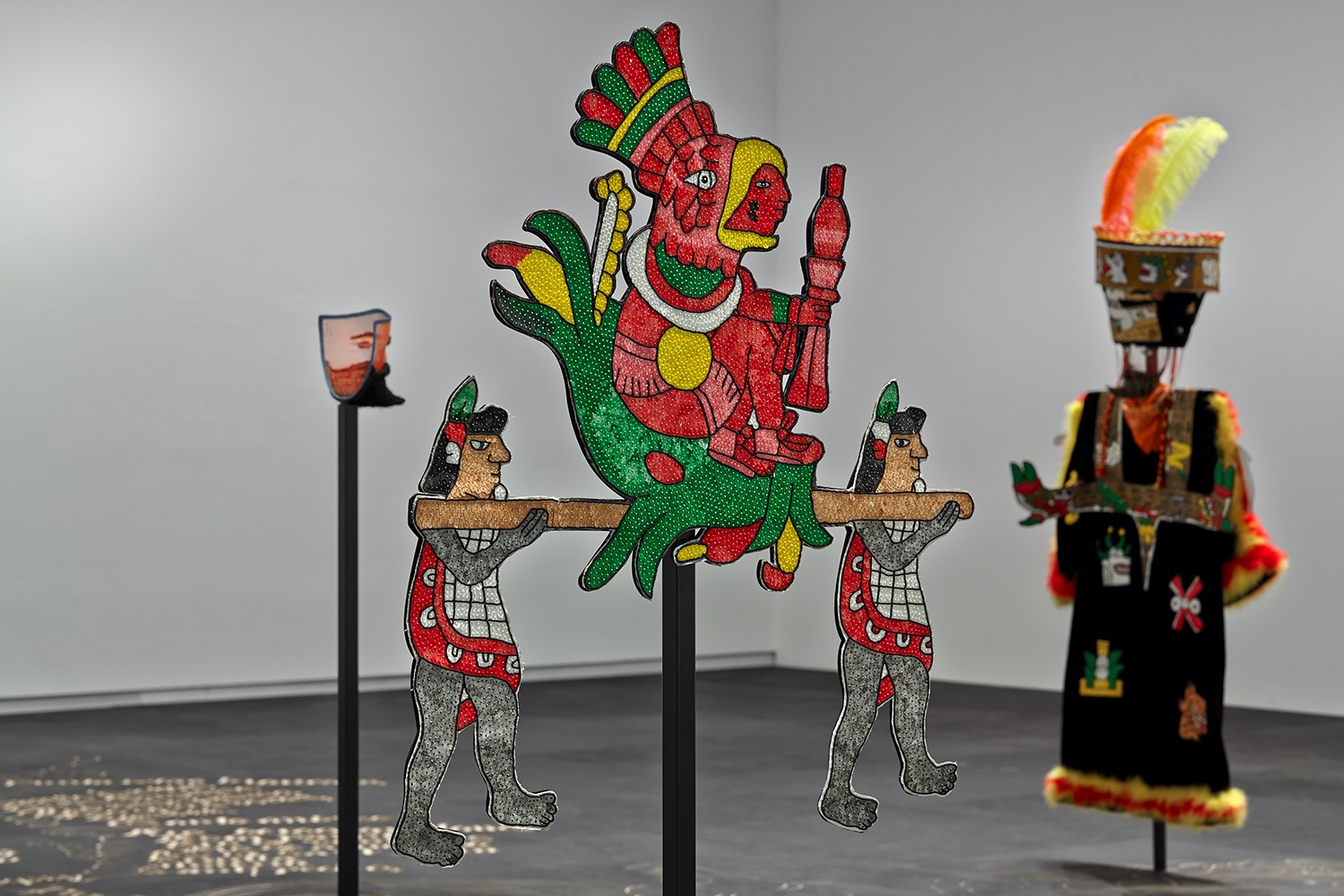
Detail of No acabarán mis flores, 2013, in the exhibition Amarantus. Artium Museoa. 2021. Courtesy Artium Museoa, Vitoria-Gasteiz. Photo: Gert Voor in’t Holt
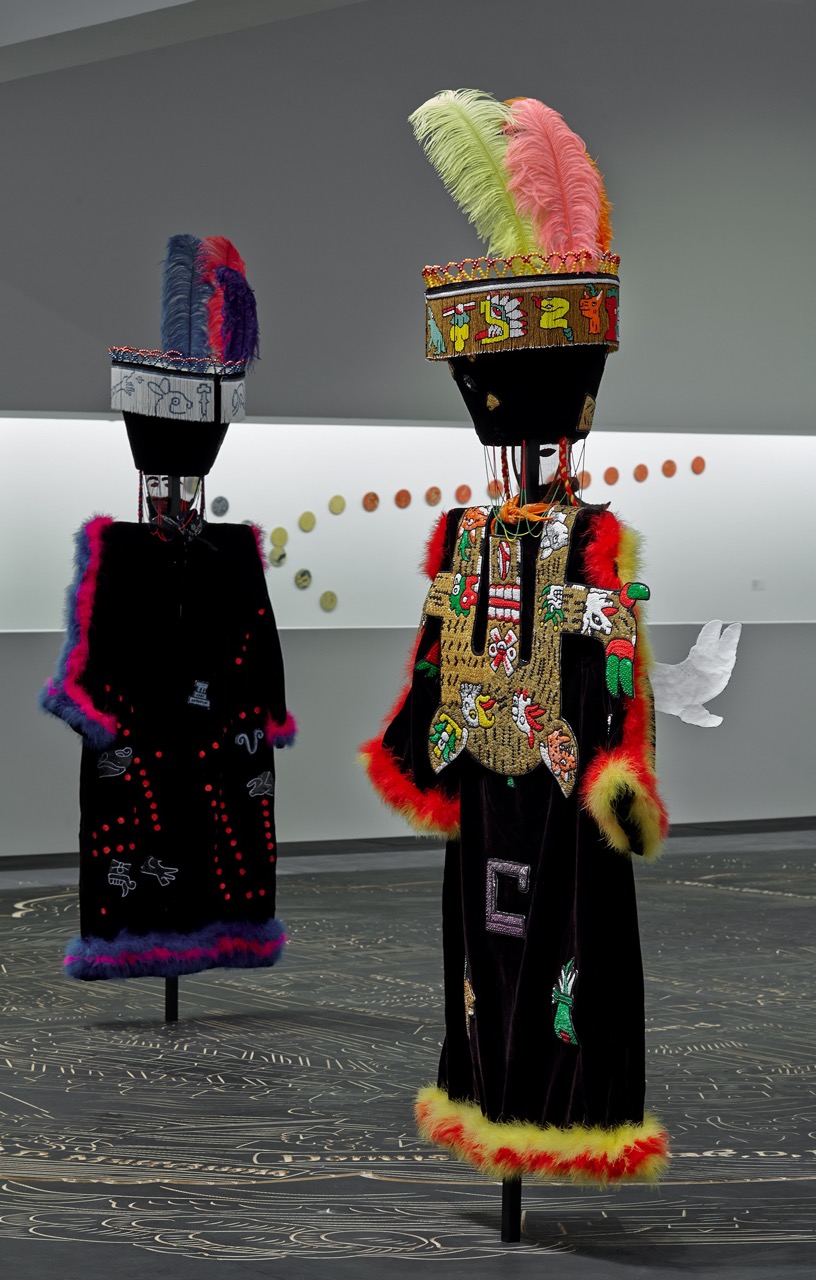
Detail of No acabarán mis flores, 2013, in the exhibition Amarantus. Artium Museoa. 2021. Courtesy Artium Museoa, Vitoria-Gasteiz. Photo: Gert Voor in’t Holt
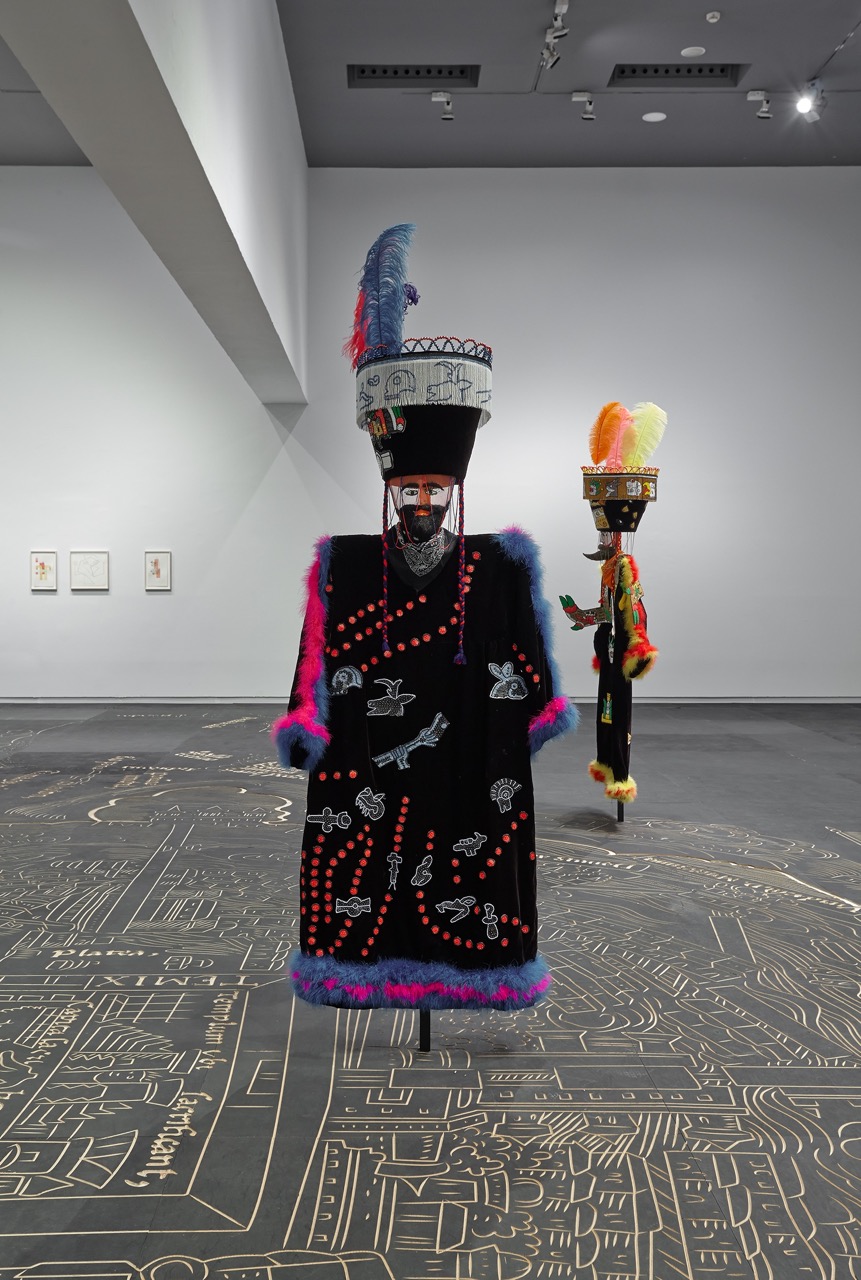
No acabarán mis flores, 2013, in the exhibition Amarantus. Artium Museoa. 2021. Courtesy Artium Museoa, Vitoria-Gasteiz. Photo: Gert Voor in’t Holt
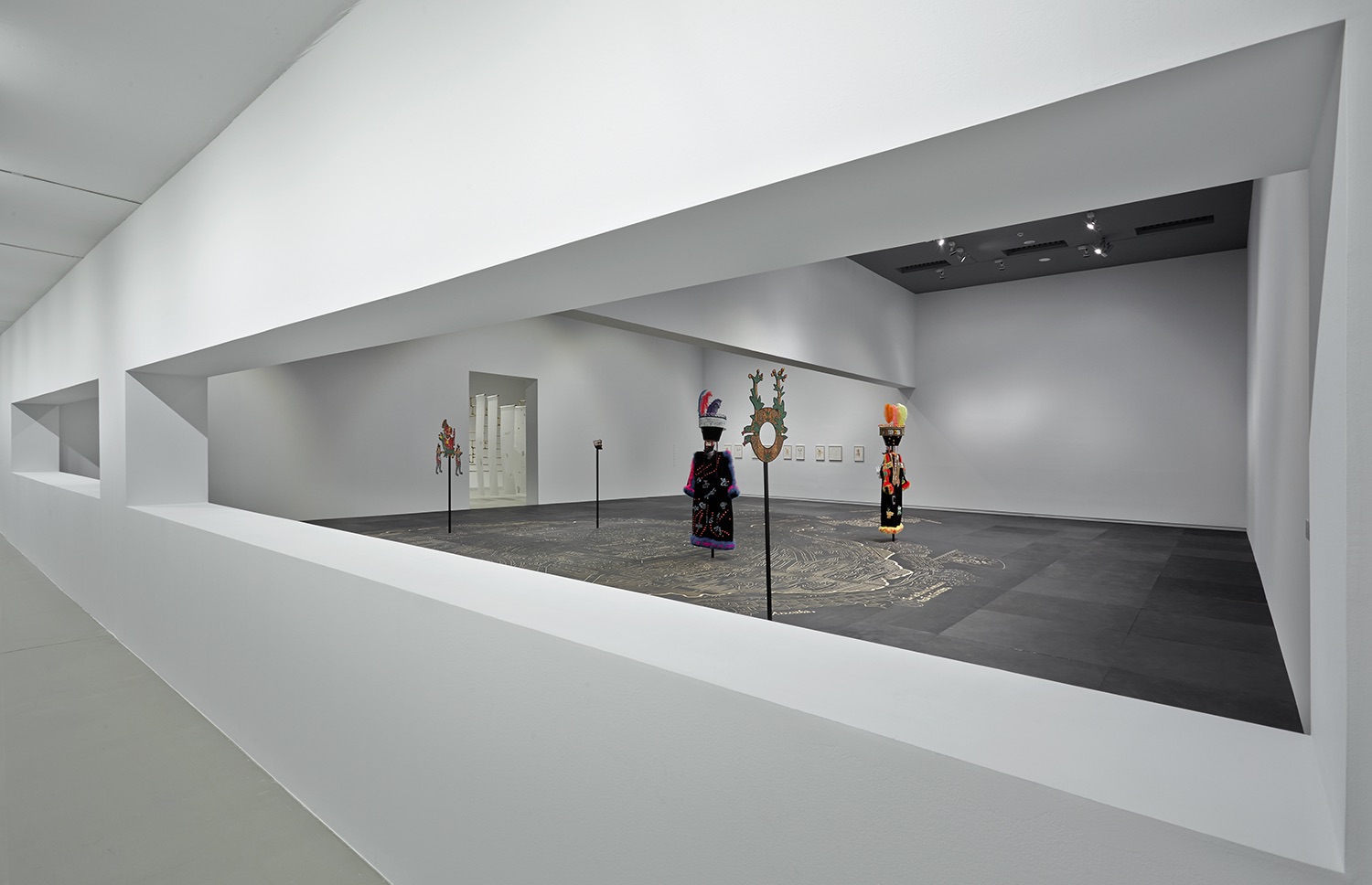
Installation view of the Exhibition Amarantus. Artium Museoa. Spain, 2021. Courtesy Artium Museoa, Vitoria-Gasteiz. Photo: Gert Voor in’t Holt
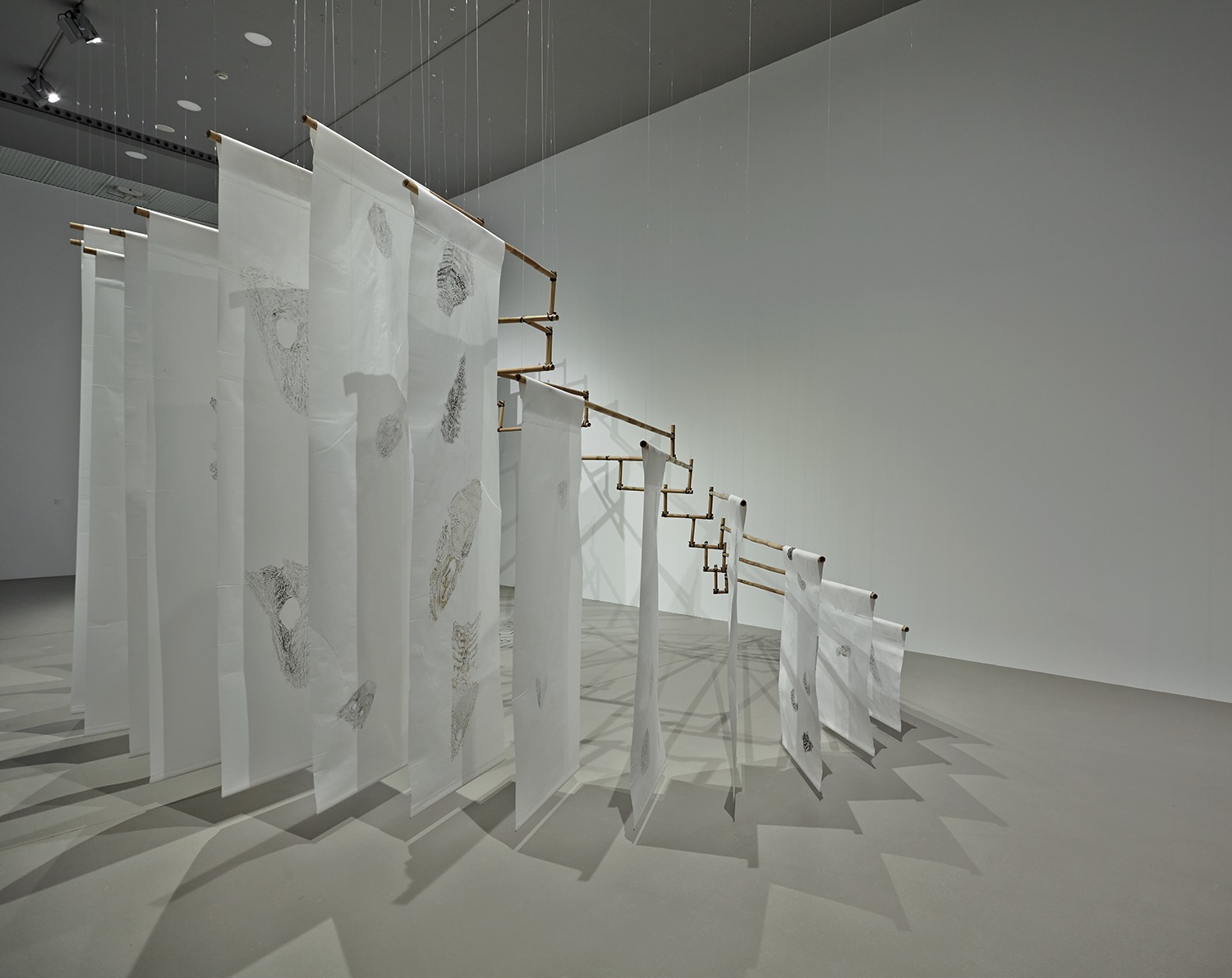
Installation view of Pleasures of Association, and Poissons, such as Love, 2017, in the exhibition Amarantus. Artium Museoa. Spain, 2021. Courtesy Artium Museoa, Vitoria-Gasteiz. Photo: Gert Voor in’t Holt
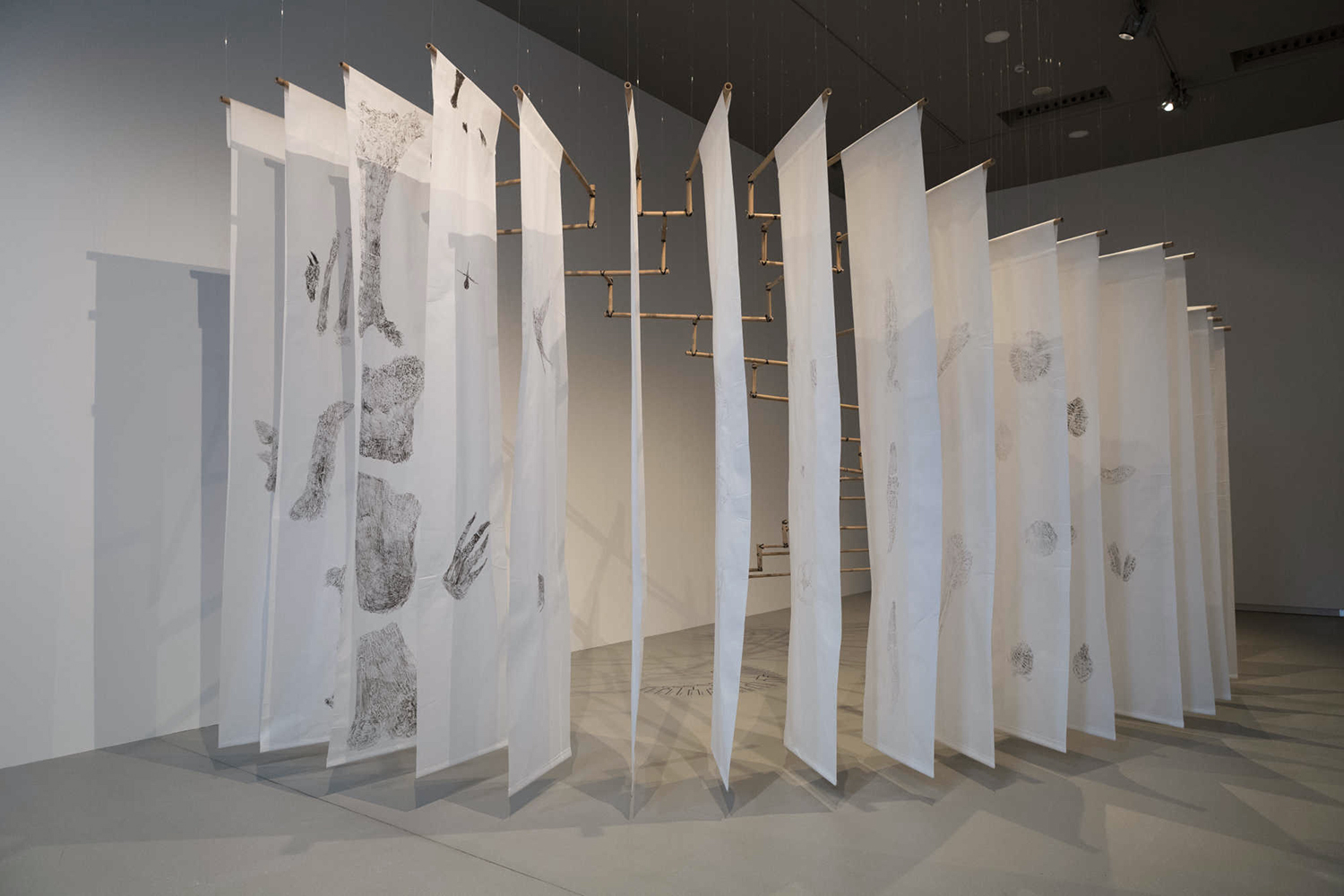
Installation view of Pleasures of Association, and Poissons, such as Love, 2017, in the exhibition Amarantus. Artium Museoa. Spain, 2021.
Amarantus MUAC
MUAC Mexico City, Mexico October 16 2021 – May 1, 2022
Curated by Catalina Lozano
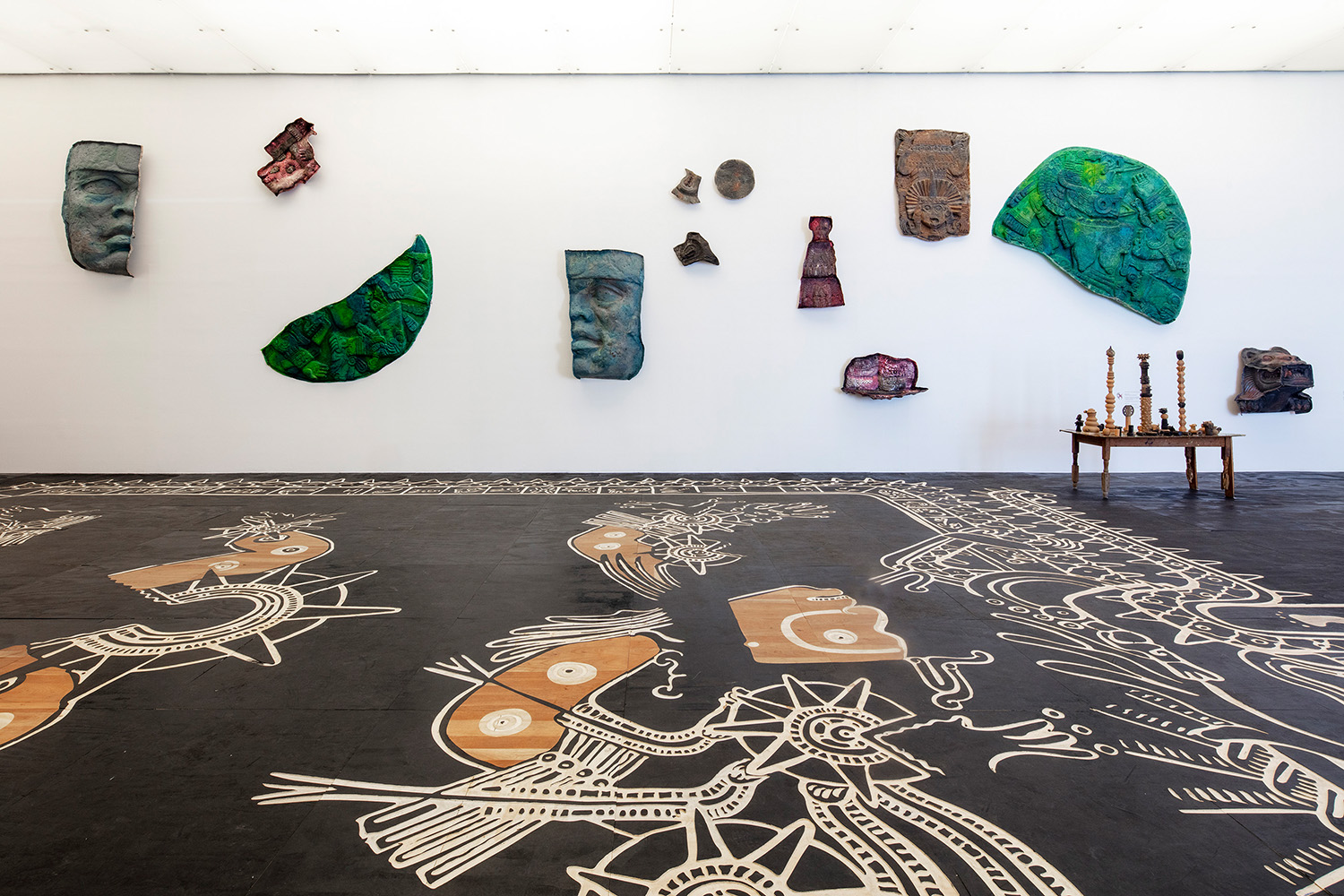
You Are Not Imprisoned By Any Durable Contour, 2021, pieces of fiberglass and Crocodile Skin of the Days, 2021, 200 CNC routered wooden panels with veneer inlay.
Photo: Ramiro Chaves
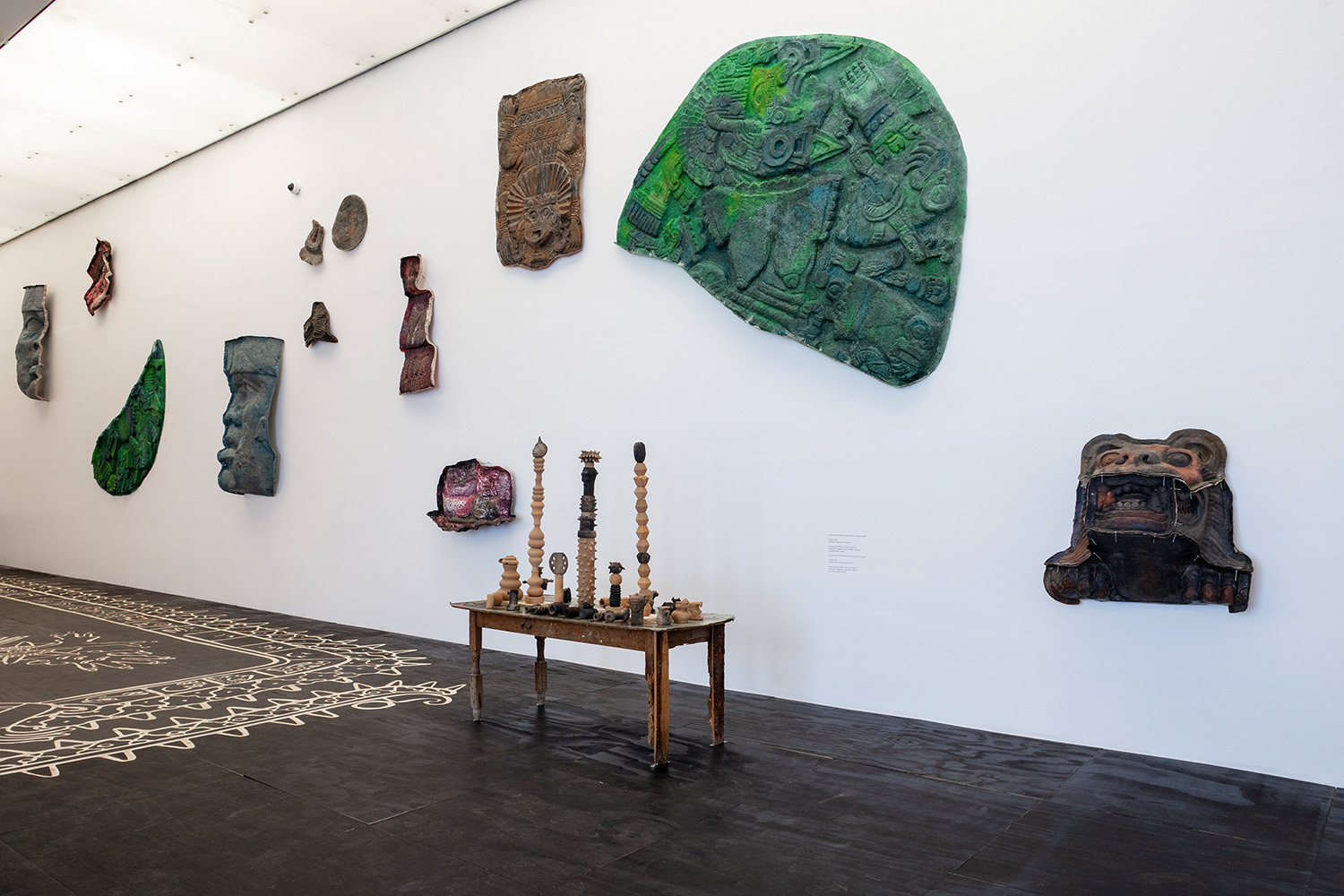
Installation view of the Exhibition Amarantus. MUAC, Mexico City. 2021. Photo: Ramiro Chaves
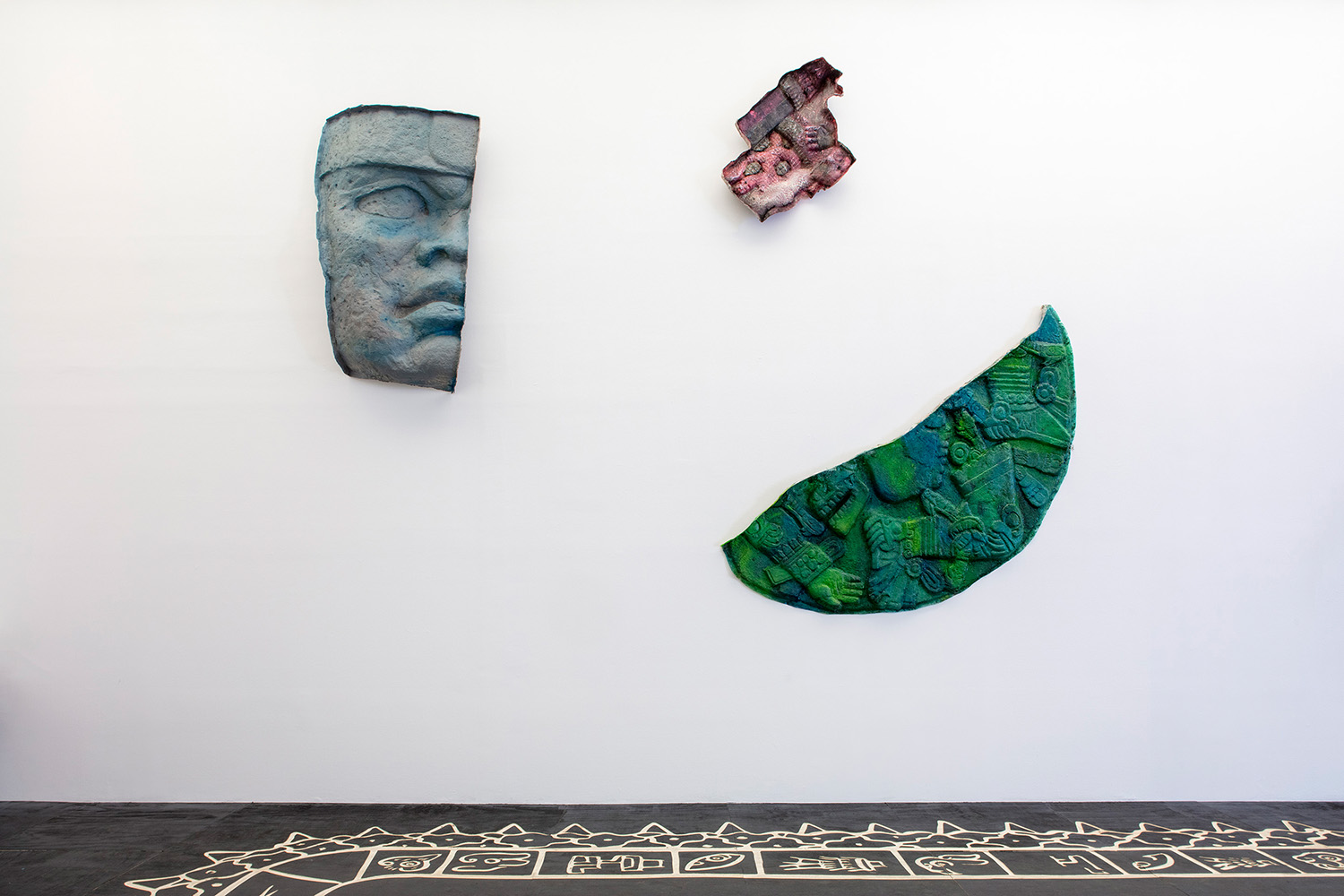
You Are Not Imprisoned By Any Durable Contour, 2021, pieces of fiberglass. Photo: Ramiro Chaves
Amarantus presents a substantial portion of the work of Mariana Castillo Deball, who, over the past twenty years, has created a vast body of work that situates itself at the intersections of science, narrative, fiction, visual art and their relationship with the ways in which Mexico’s precolonial history has been appropriated and investigated. The artist has engaged with science, literature, and technology, and in so doing, has collaborated with museums and institutions, many of which are unrelated to contemporary art. The word amarantus, which provides the title of the exhibition, derives from the Greek αμάρανθος and names a flower that never dies. It represents the persistence of those “uncomfortable objects” that Castillo Deball makes evident through her engagement with history, and which continue to speak to us in the present.1
The pieces in the exhibition are drawn from extensive bodies of work that are interrelated through common interests that pervade the artist’s work: Roger Caillois’s notion of diagonal sciences, the Nahua concept of ixiptla, the production and consumption of so-called “cultural objects,” and the different ways of articulating space and time are standpoints that allow us to gain a comprehensive view of her work. Although these thematic nodes do not reflect the exhibition’s spatial layout, they do offer clues for understanding the contents and formal syntheses of each of her projects.
Excerpt of the essay:
Capturing Chance by Catalina Lozano, in Folio Amarantus, Mariana Castillo Deball.
Published by Museo de Arte Contemporáneo MUAC. Download the book here
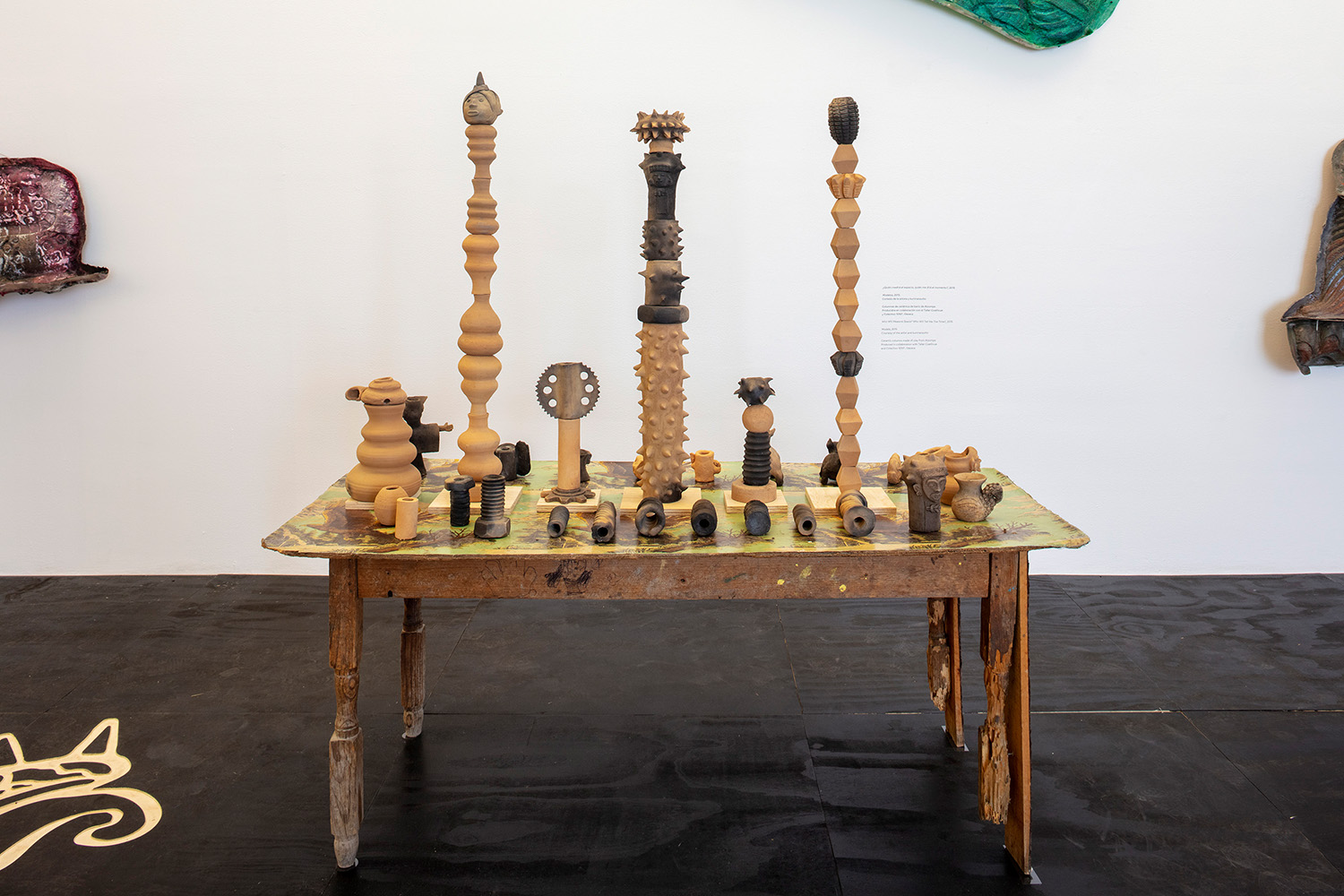
Modelos, 2015. Clay model series on wooden Table. Produced in collaboration with Taller Coatlicue & Collectivo 1050°, Oaxaca. Photo: Ramiro Chaves

Falschgesichter, 2008. Serie of 23 paper masks. Folded glossy paper, printed text
Photo: Gerardo Landa Rojano

Detail of Crocodile Skin of the Days, 2021, 200 CNC routered wooden panels with veneer inlay.
Photo: Gerardo Landa Rojano
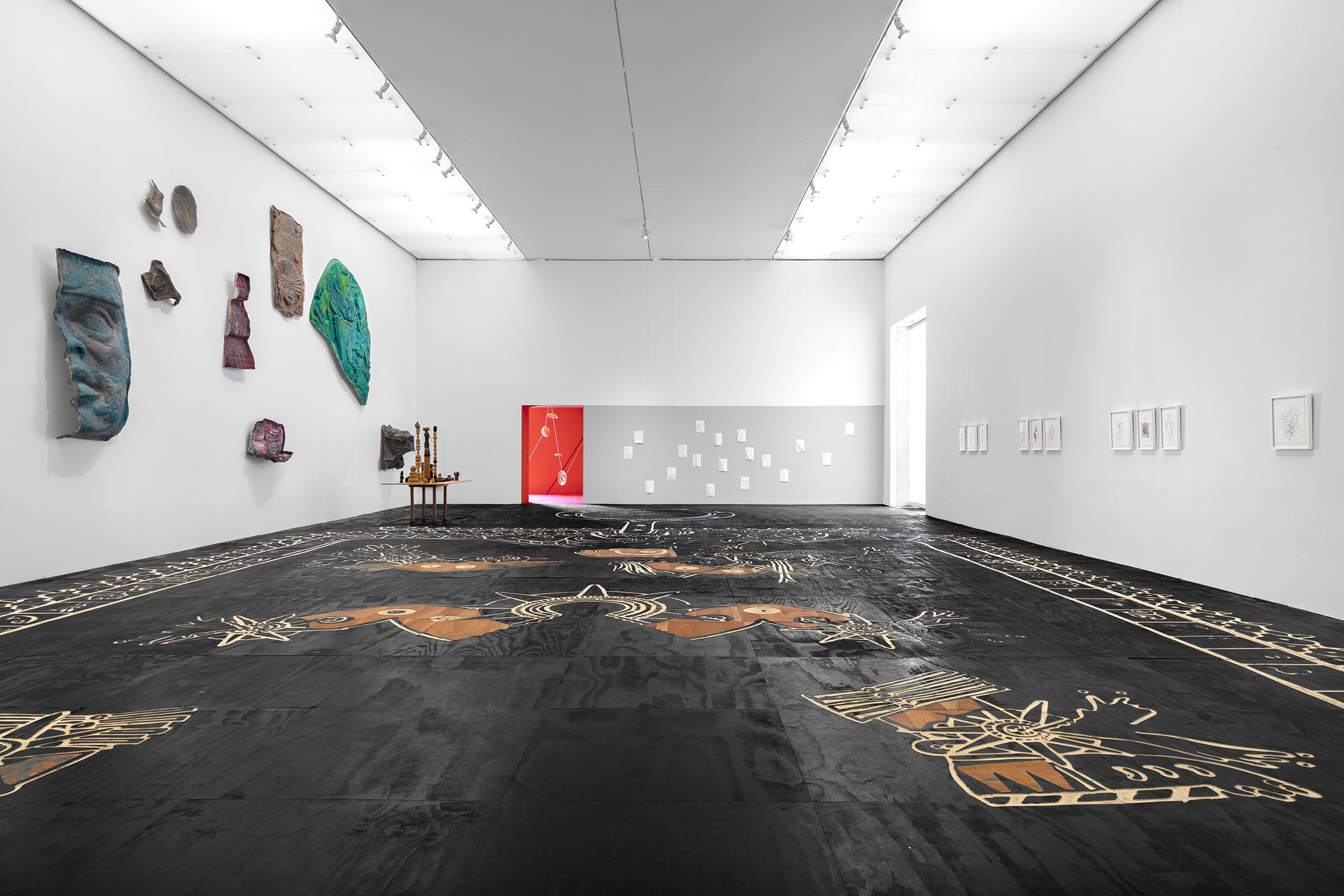
Crocodilo Piel de los Días / Crocodile Skin of the Days, 2021, 200 CNC routered wooden panels with veneer inlay. Photo: Gerardo Landa Rojano
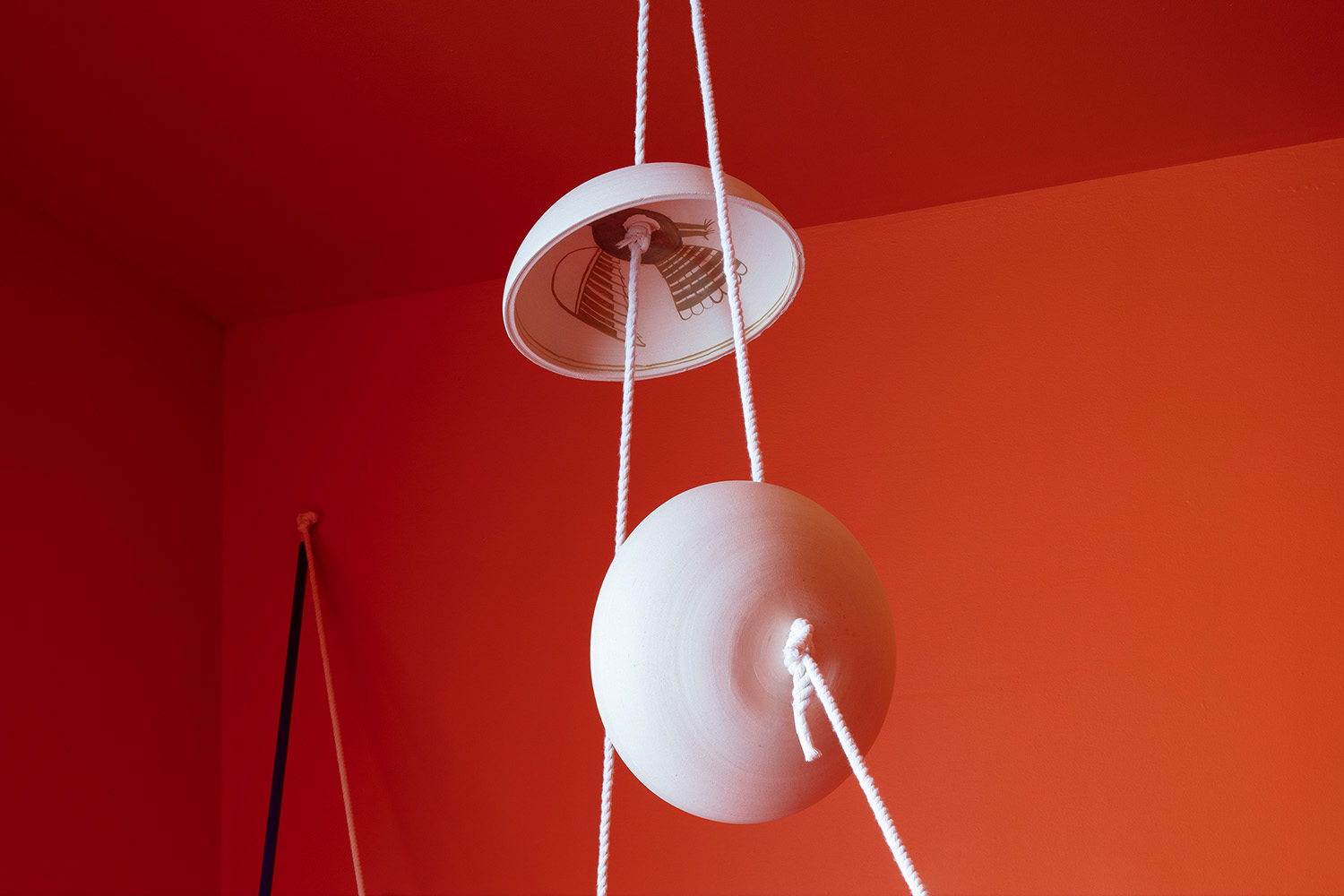
Detail of Coyote Bee Eye Kill Hole Sequence, 2016. Photo: Ramiro Chaves
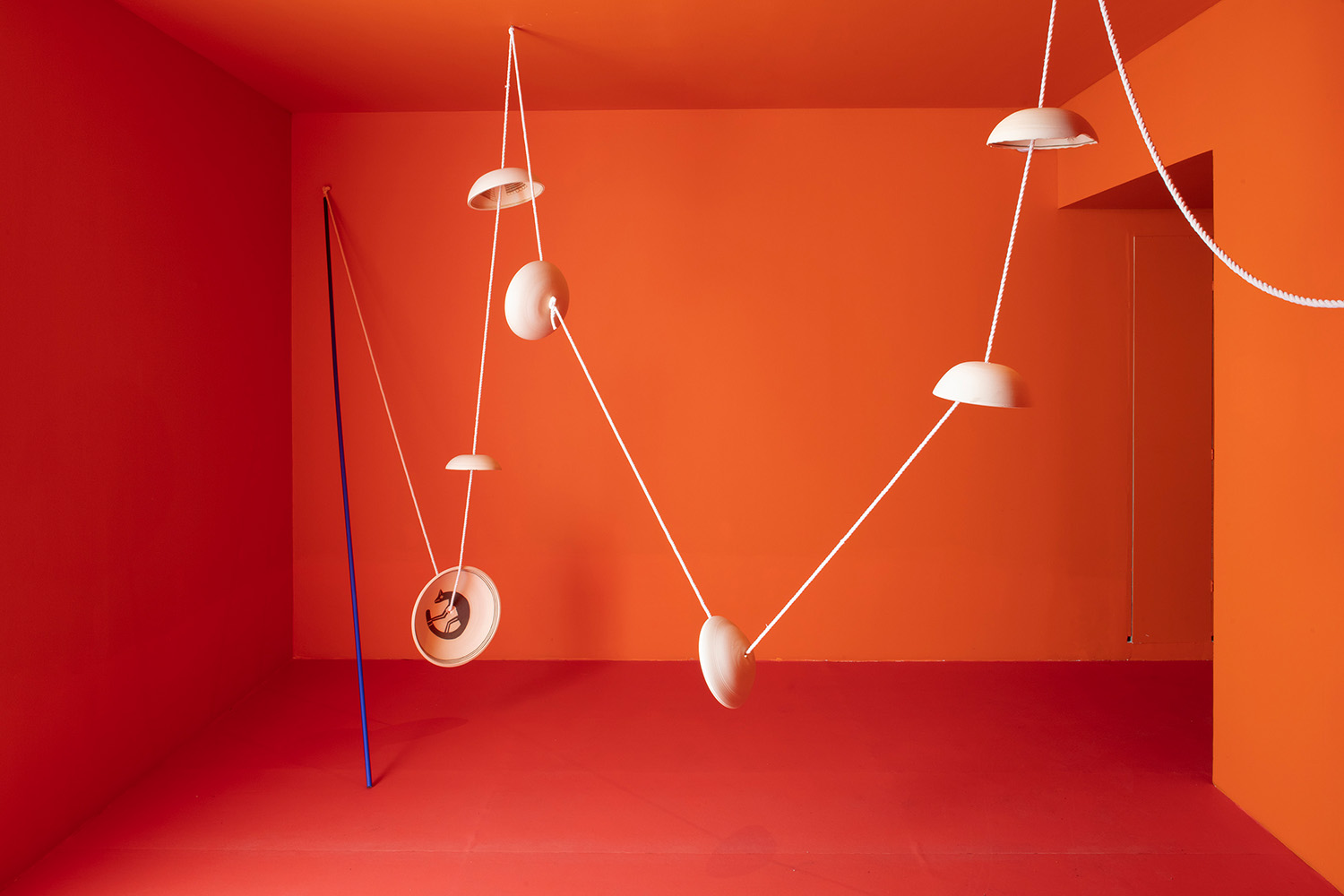
Coyote Bee Eye Kill Hole Sequence, 2016. Photo: Ramiro Chaves
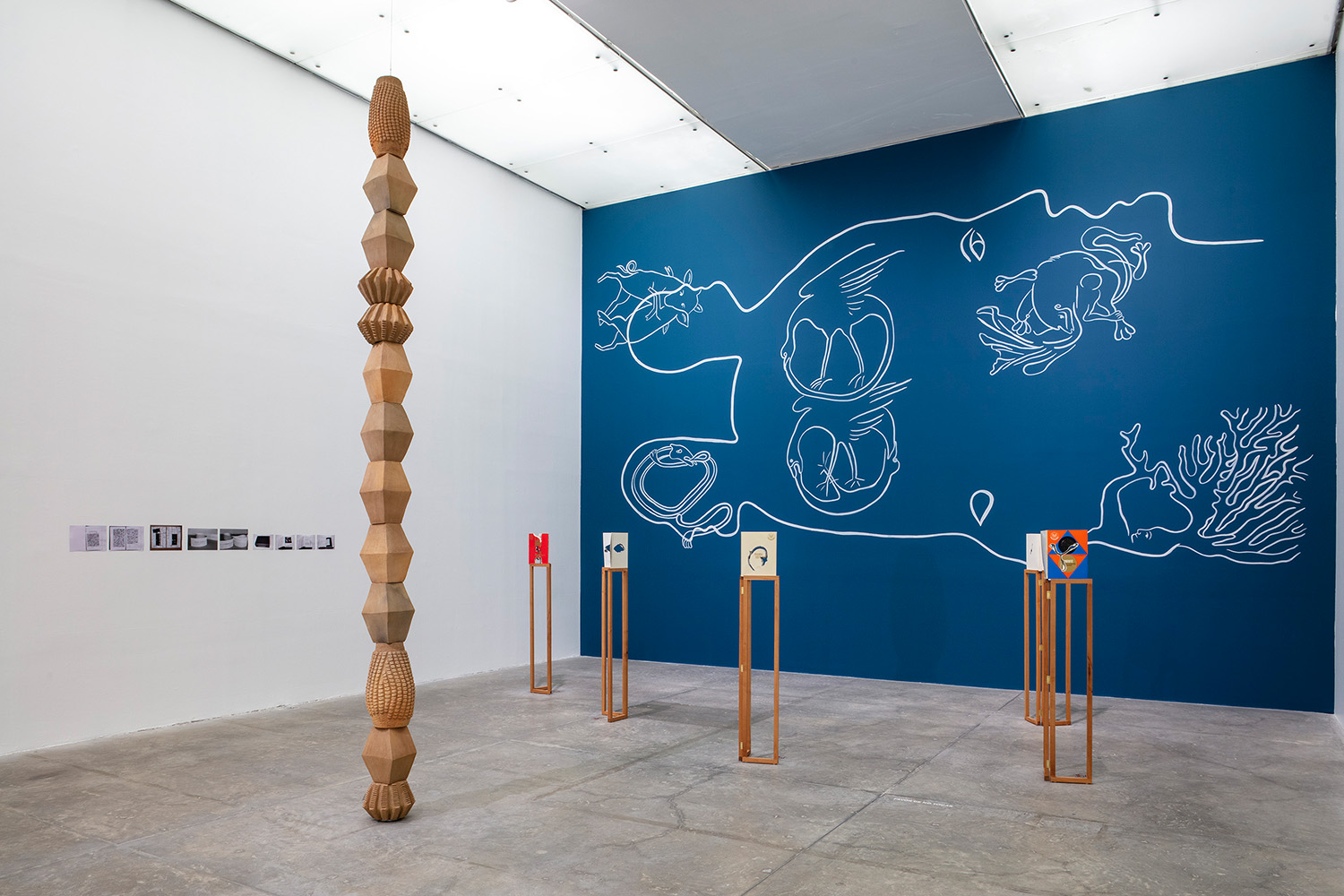
Installation view of the Exhibition Amarantus. MUAC, Mexico City. 2021. Photo: Ramiro Chaves
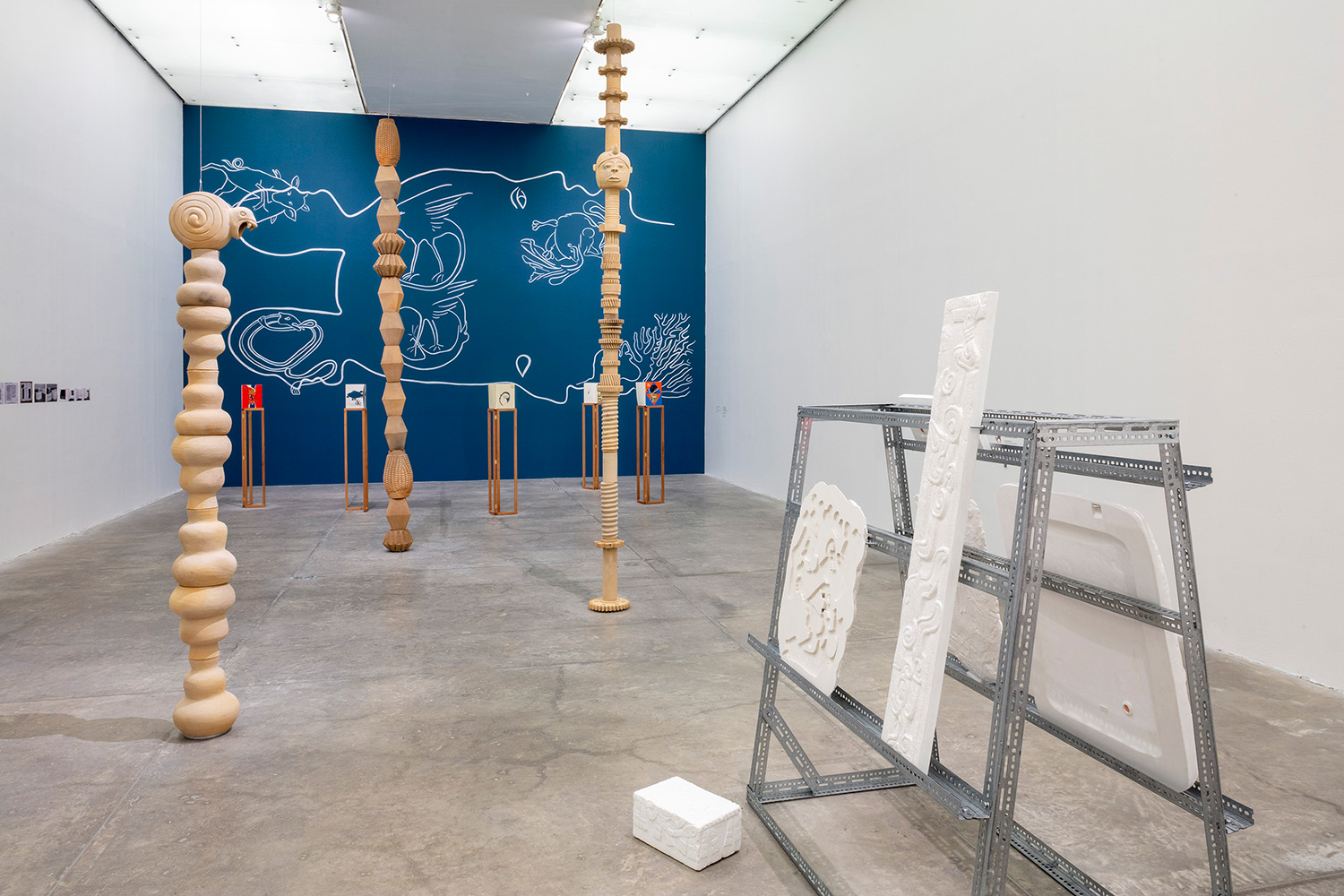
Installation view of the Exhibition Amarantus. MUAC, Mexico City. 2021. Photo: Ramiro Chaves

Installation view in the Exhibition Amarantus. Musea Universitario Arte Contempráneo, Mexico City. 2021
Photo: Gerardo Landa Rojano
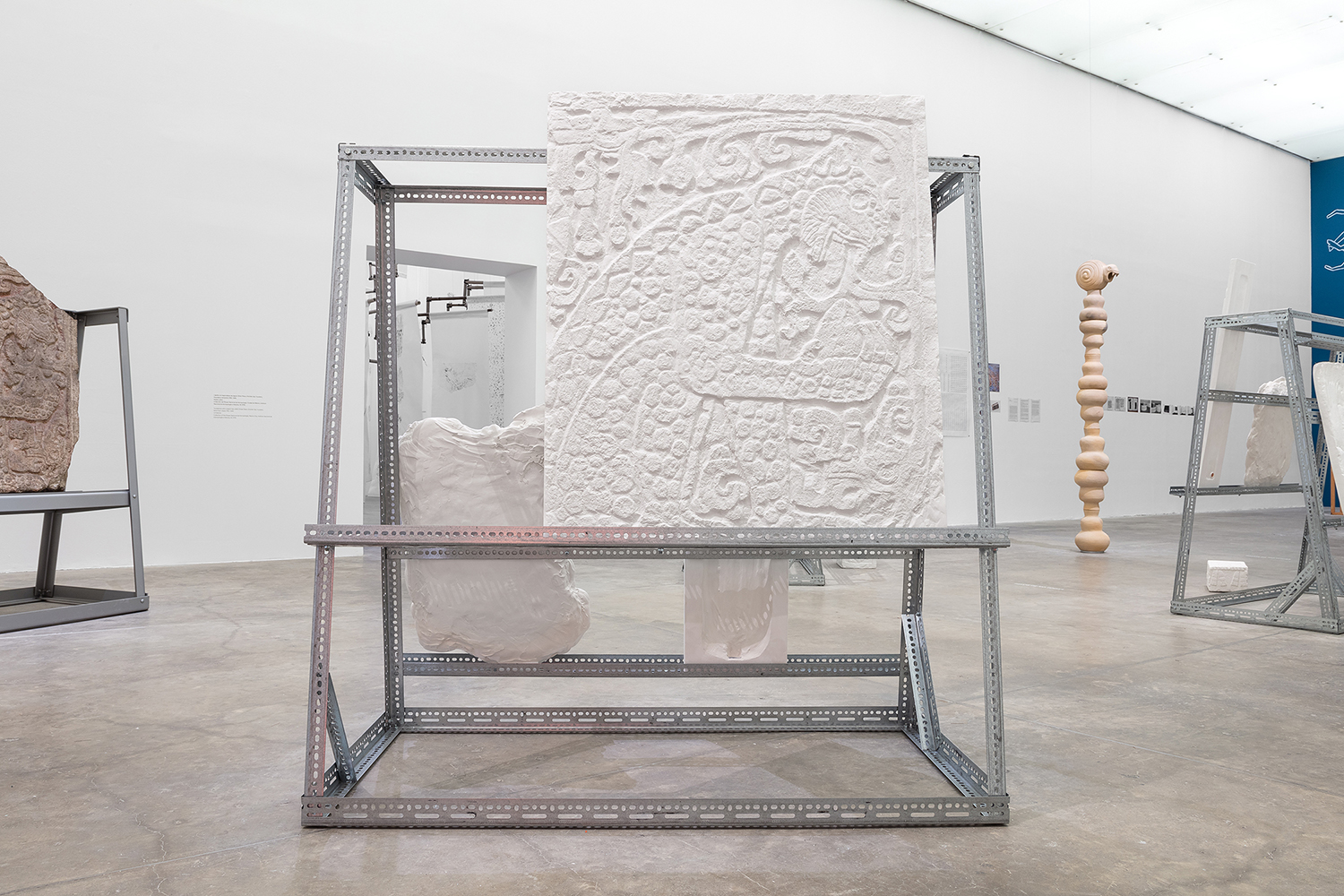
Jaguar Storage, 2014. Metal structure, 3 white plaster pieces, 150 x 150 x 80 cm. Photo: Gerardo Landa Rojano
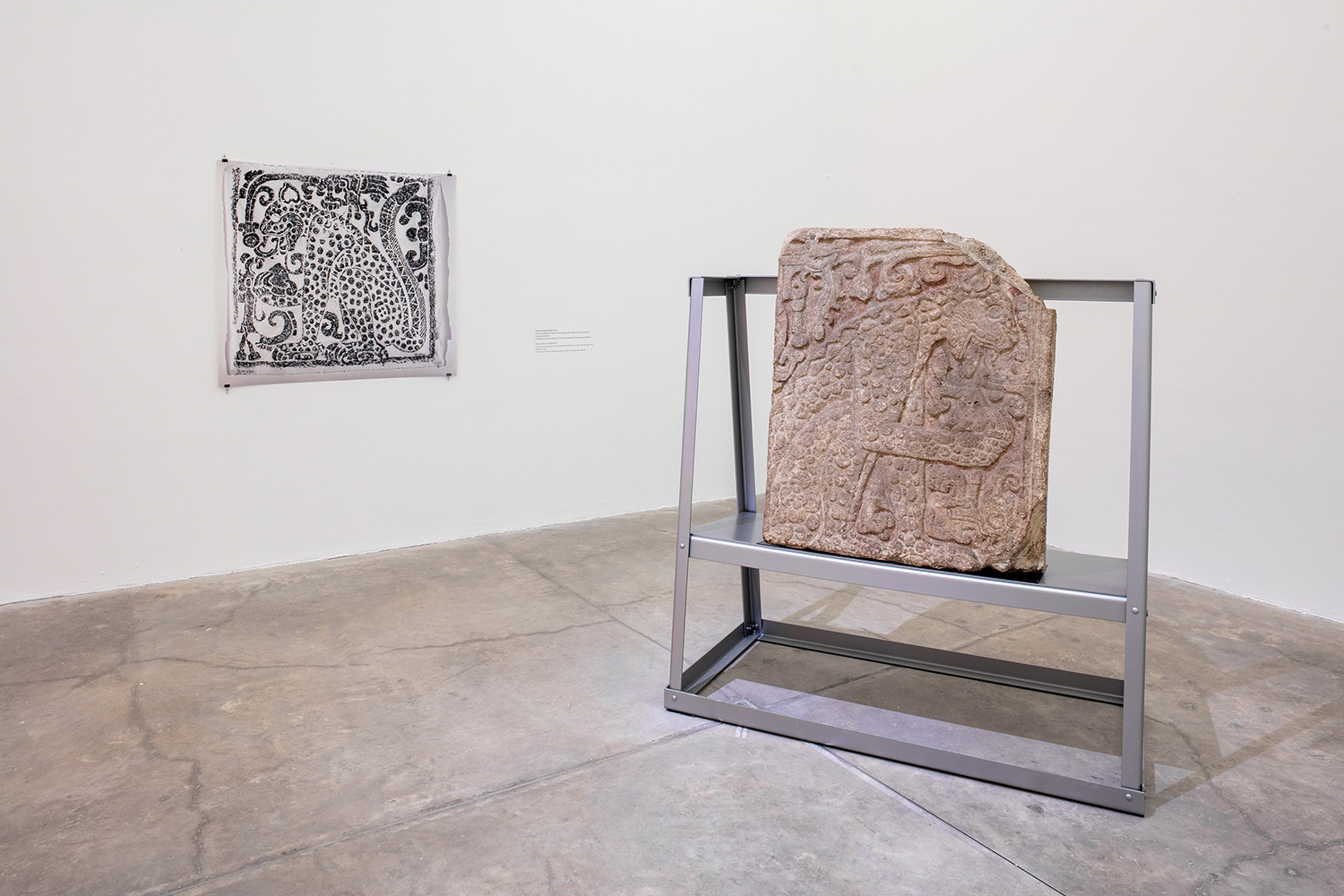
Tombstone with a jaguar bas-relief (Gran Plaza, Chichén Itzá, Yucatán) early postclassic 900-1200. Limestone 108x92x32cm. Collection of the Museo Nacional de Antropología, Ciudad de México. Instituto Nacional de Antropología e Historia.
Reproduction of the Rubbing from the Great Ballcourt at Chichen Itza, mediados del siglo. Greene Robertson, Merle. The Latin American Library at Tulane University.
Photo: Ramiro Chavez
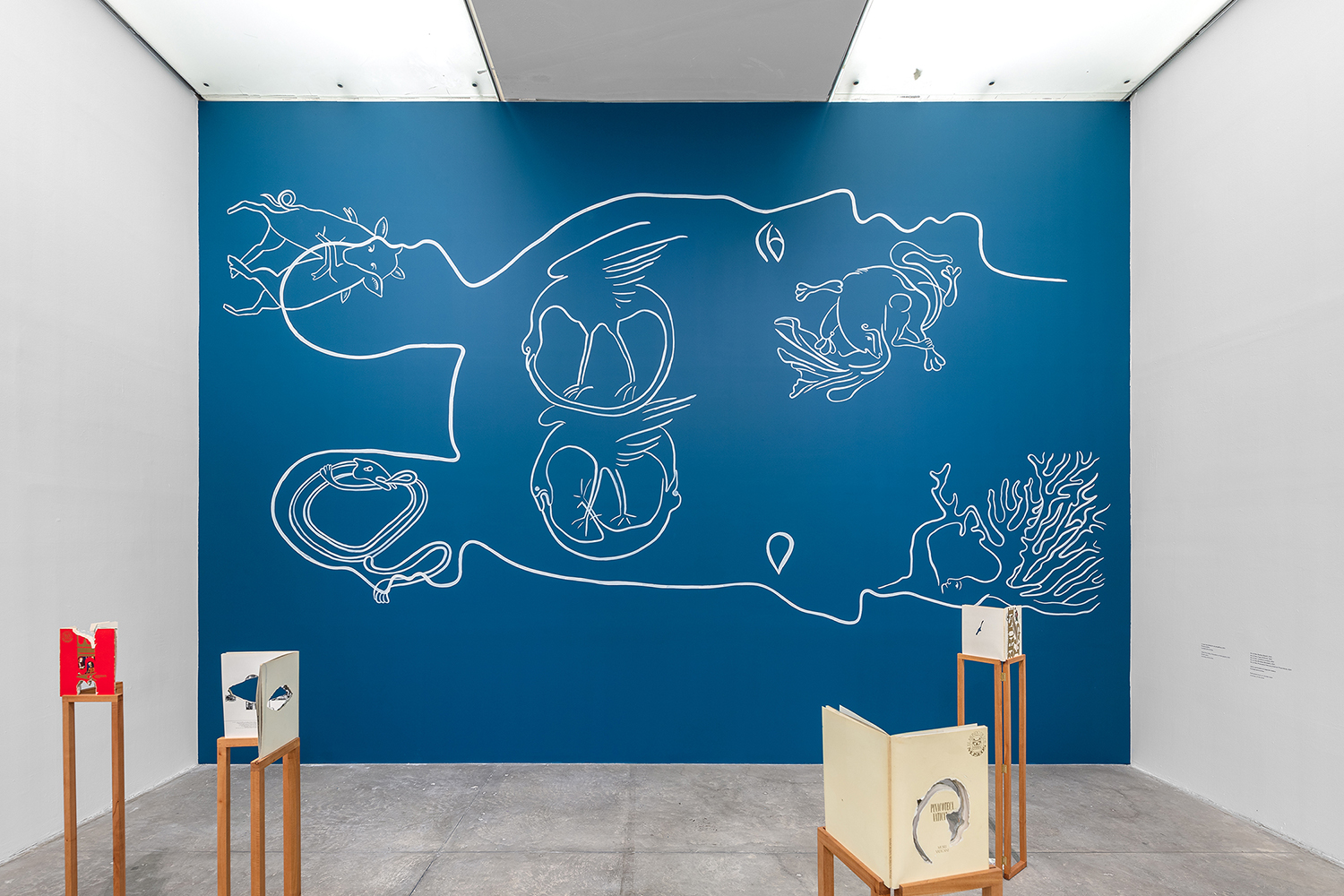
What Once Was a Population of Hieroglyphs, 2021
Mural, Acryl paint. 600 x 844 cm. Photo: Gerardo Landa Rojano
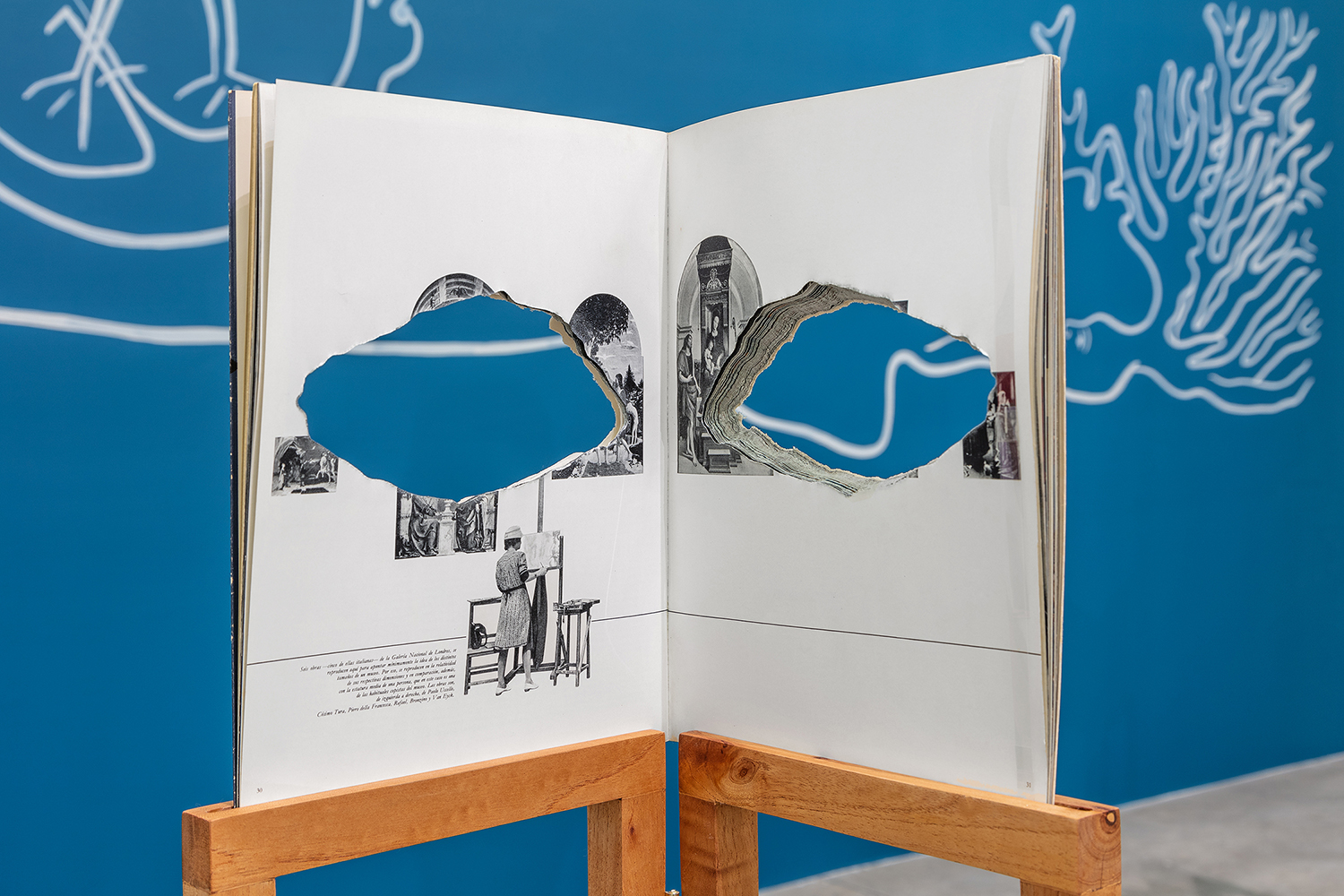
Do ut des, Musei Vaticani, 2021, drilled book on cedar base, 31 x 25 x 1 cm. Photo: Gerardo Landa Rojano
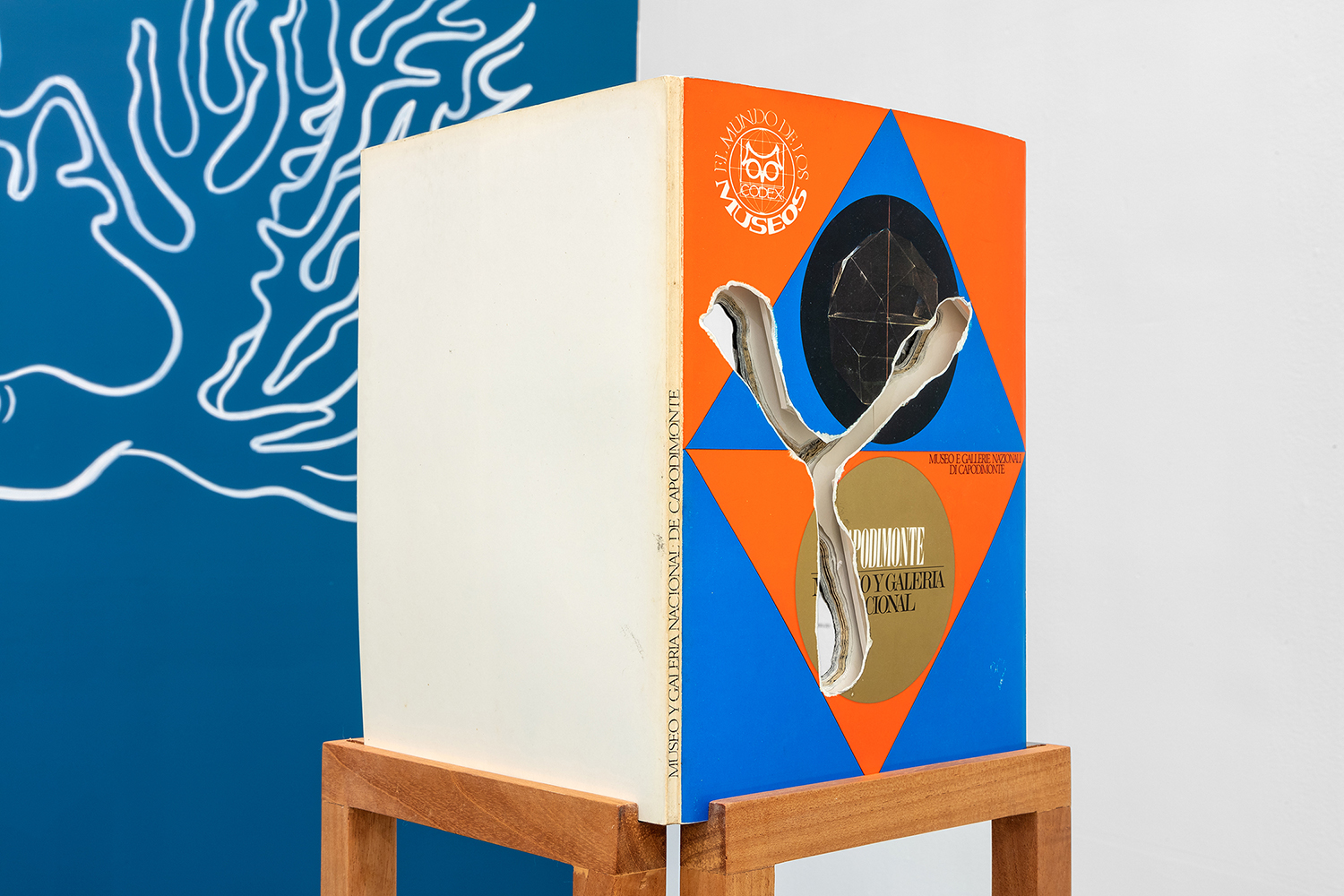
Do ut des, Museo E Gallerie Nazionali Di Capodimonte, 2021, drilled book on cedar base, 31 x 25 x 1 cm. Photo: Gerardo Landa Rojano
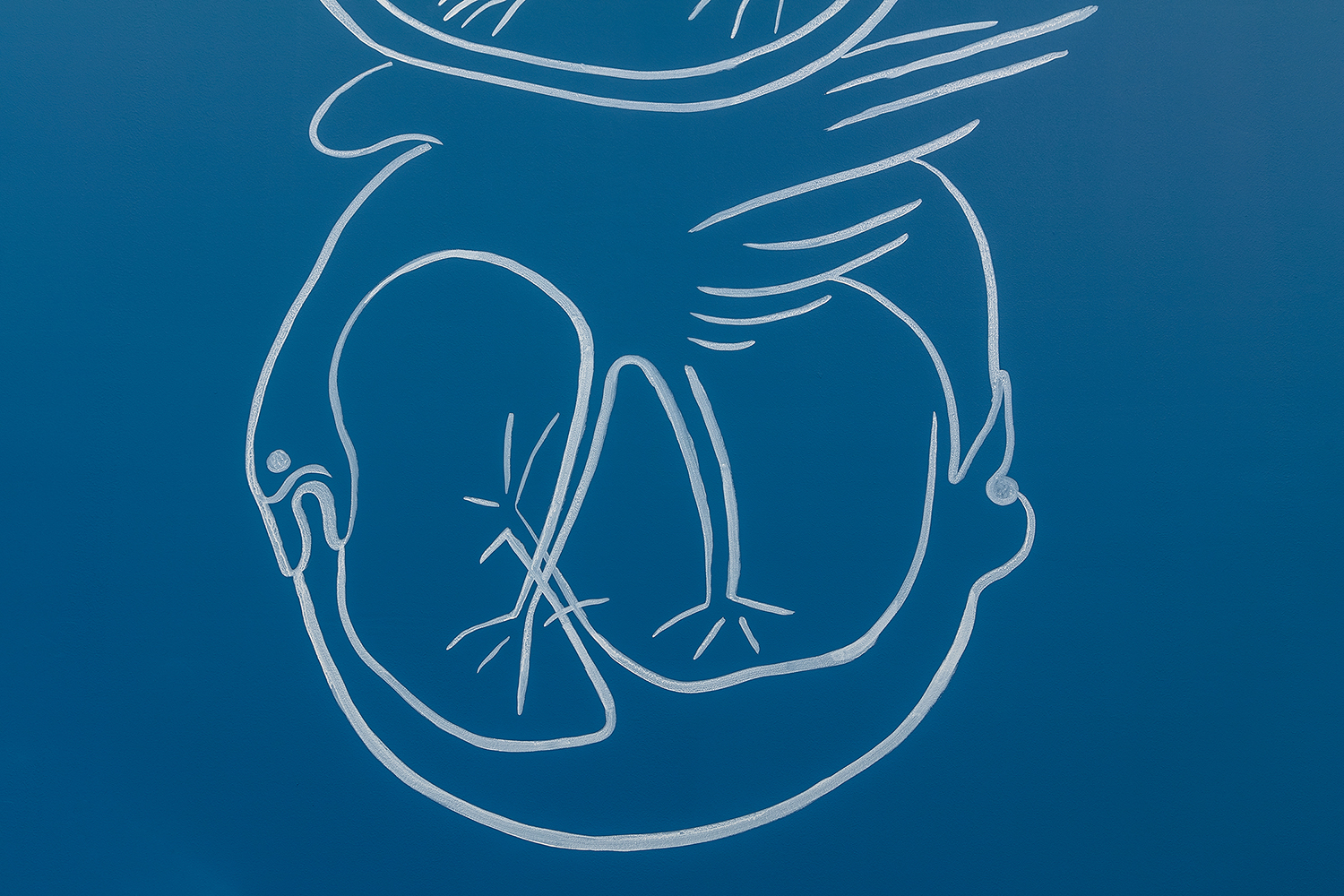
Detail of What Once Was a Population of Hieroglyphs, 2021
Mural, Acryl paint. 600 x 844 cm. Photo: Gerardo Landa Rojano
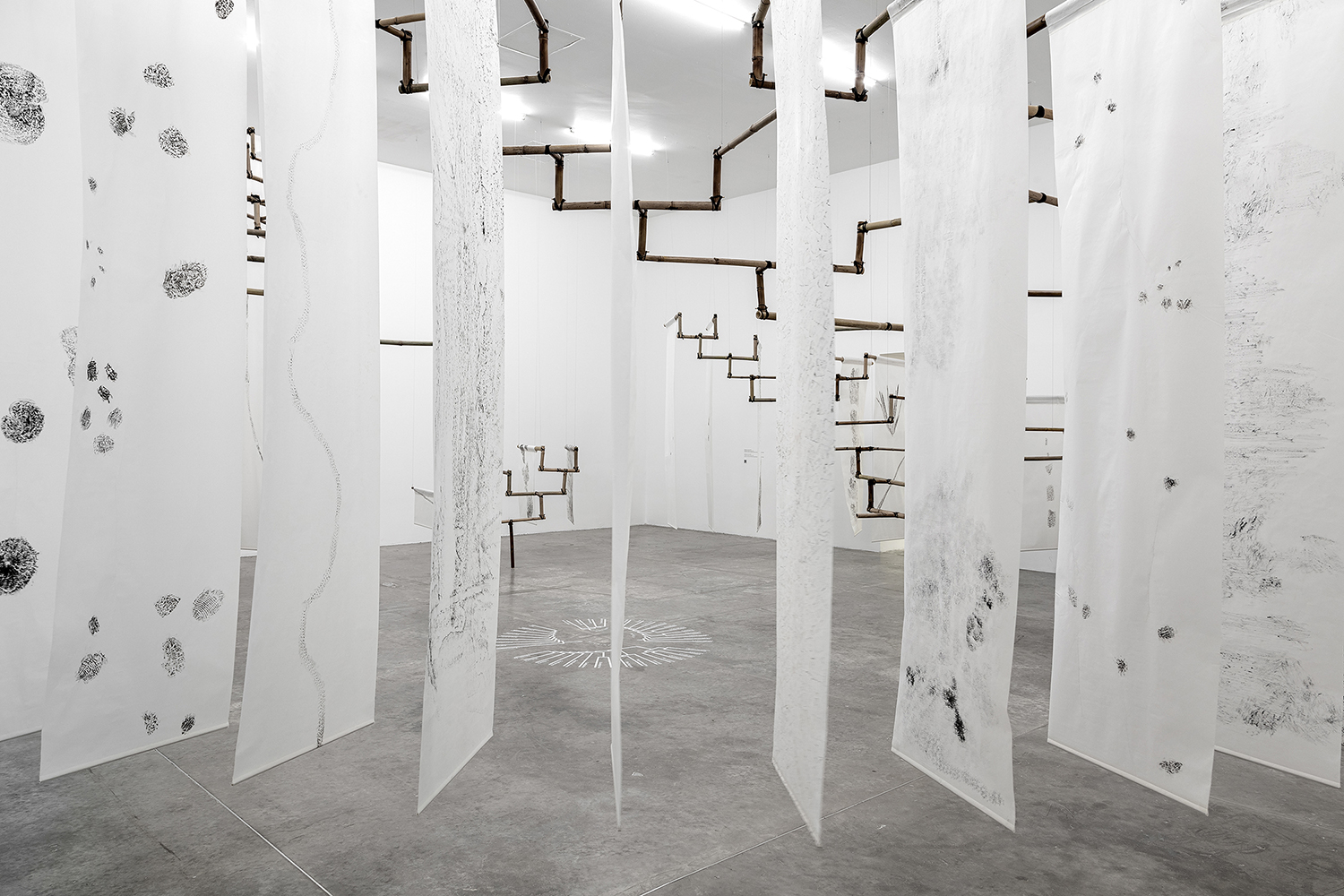
Hypothesis of a Tree, 2016. Bamboo structure, rubbings on Japanese paper, Sumi ink. Dimensions variable. Picture: Gerardo Landa Rojano
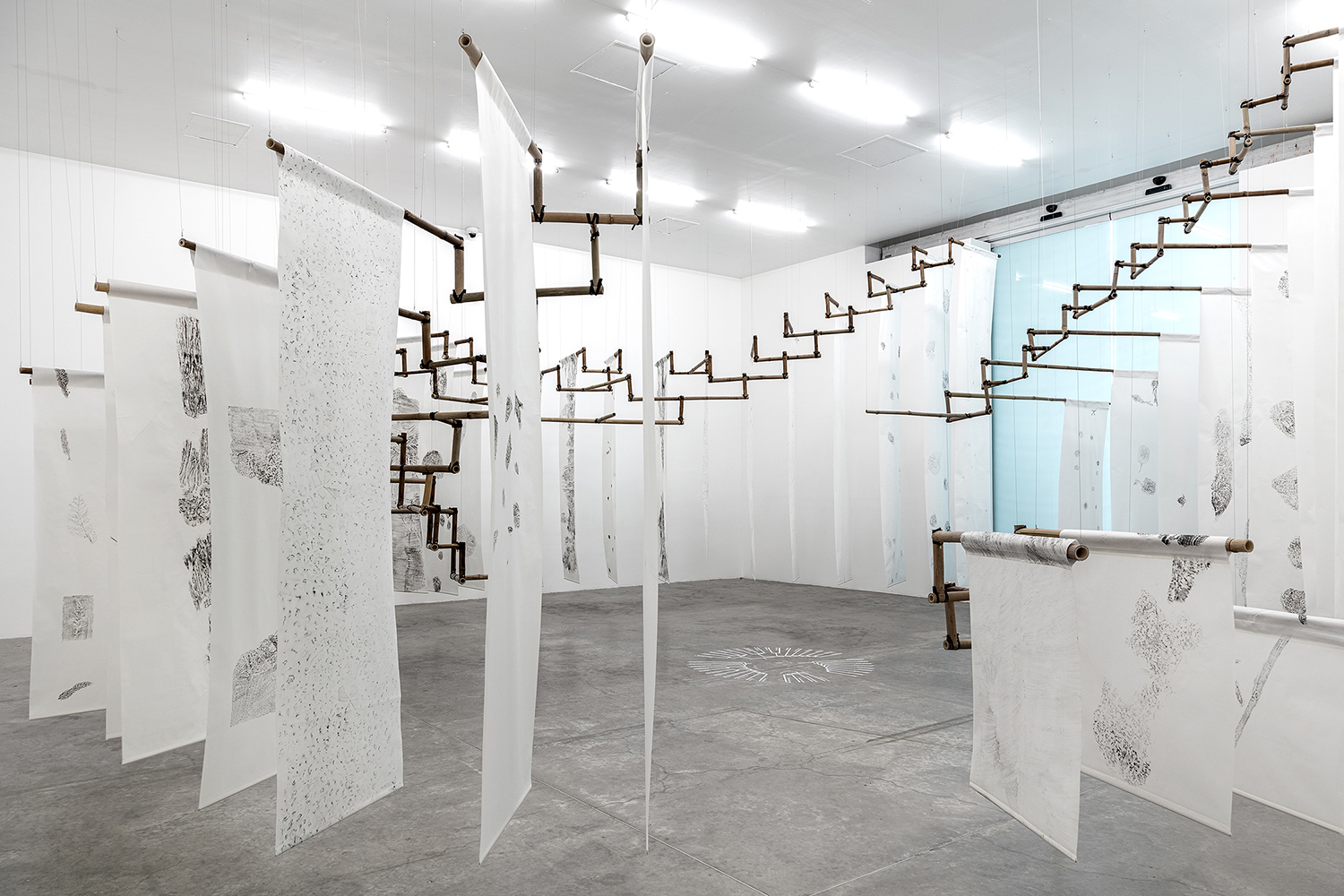
Hypothesis of a Tree, 2016. Bamboo structure, rubbings on Japanese paper, Sumi ink. Dimensions variable. Picture: Gerardo Landa Rojano
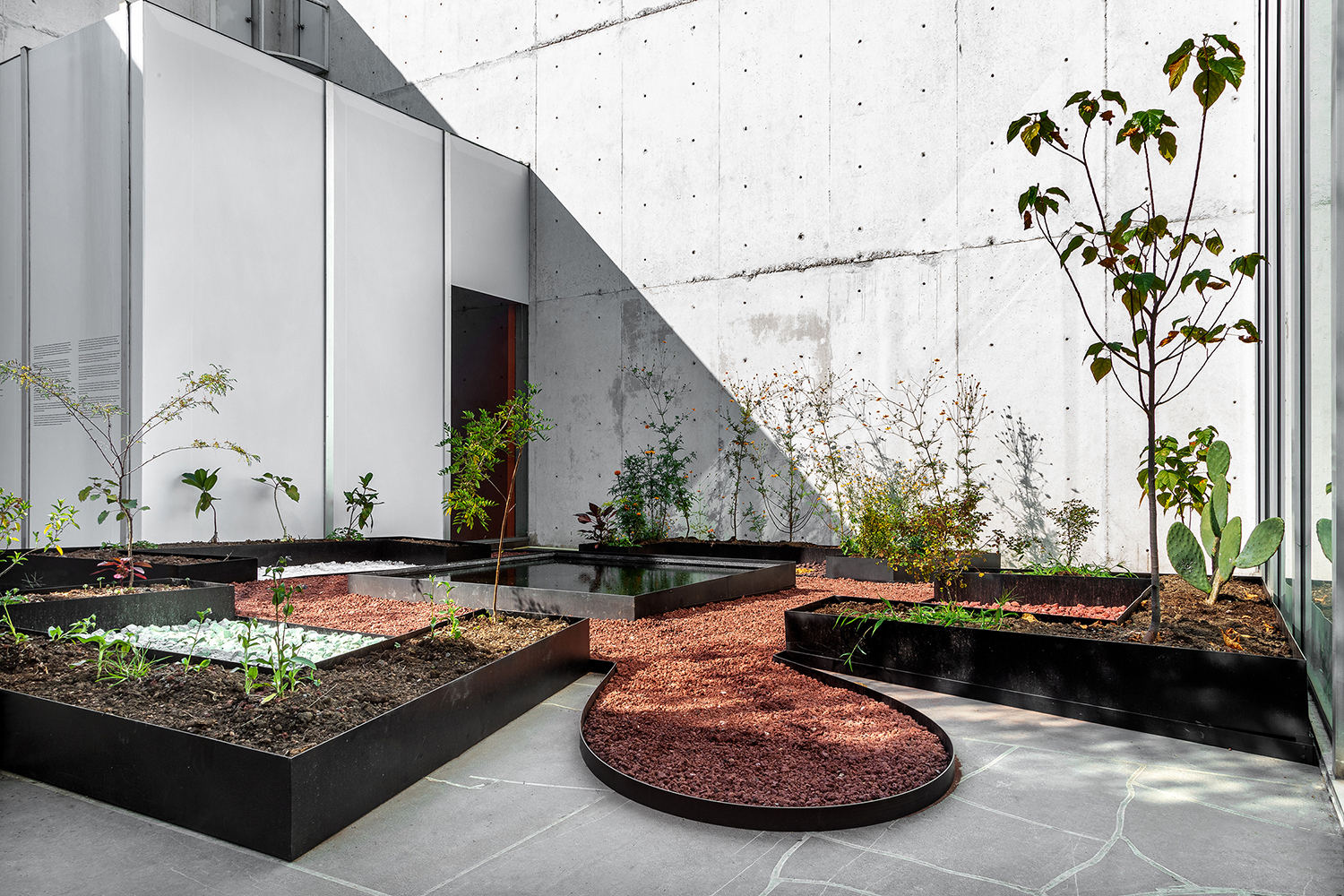
Jardin de plantas y minerales, 2018, in collaboration with Tatiana Falcón, dye plants and minerals garden, dimensions variable. Photo: Gerardo Landa Rojano
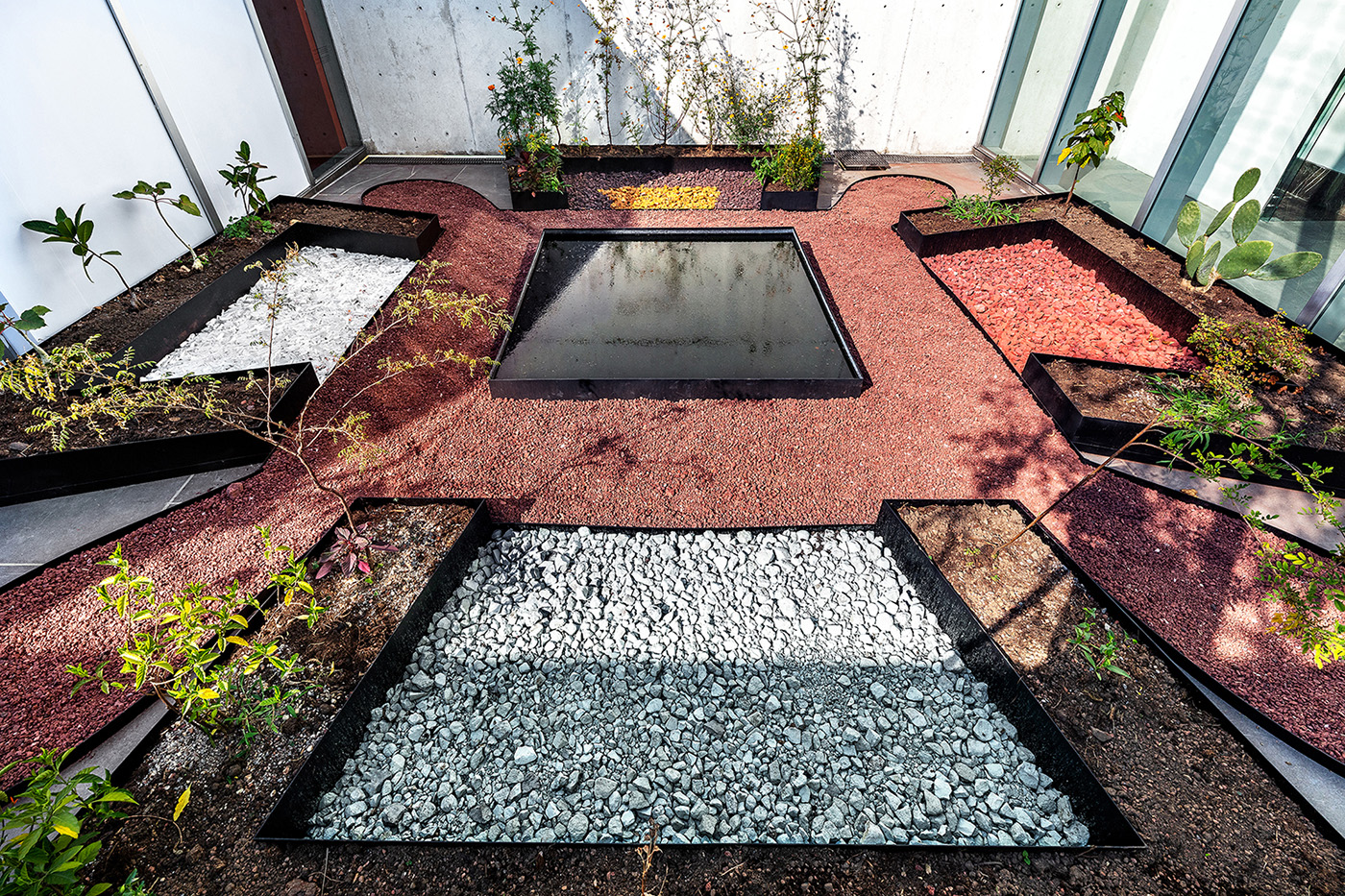
Jardin de plantas y minerales, 2018, in collaboration with Tatiana Falcón, dye plants and minerals garden, dimensions variable. Photo: Gerardo Landa Rojano
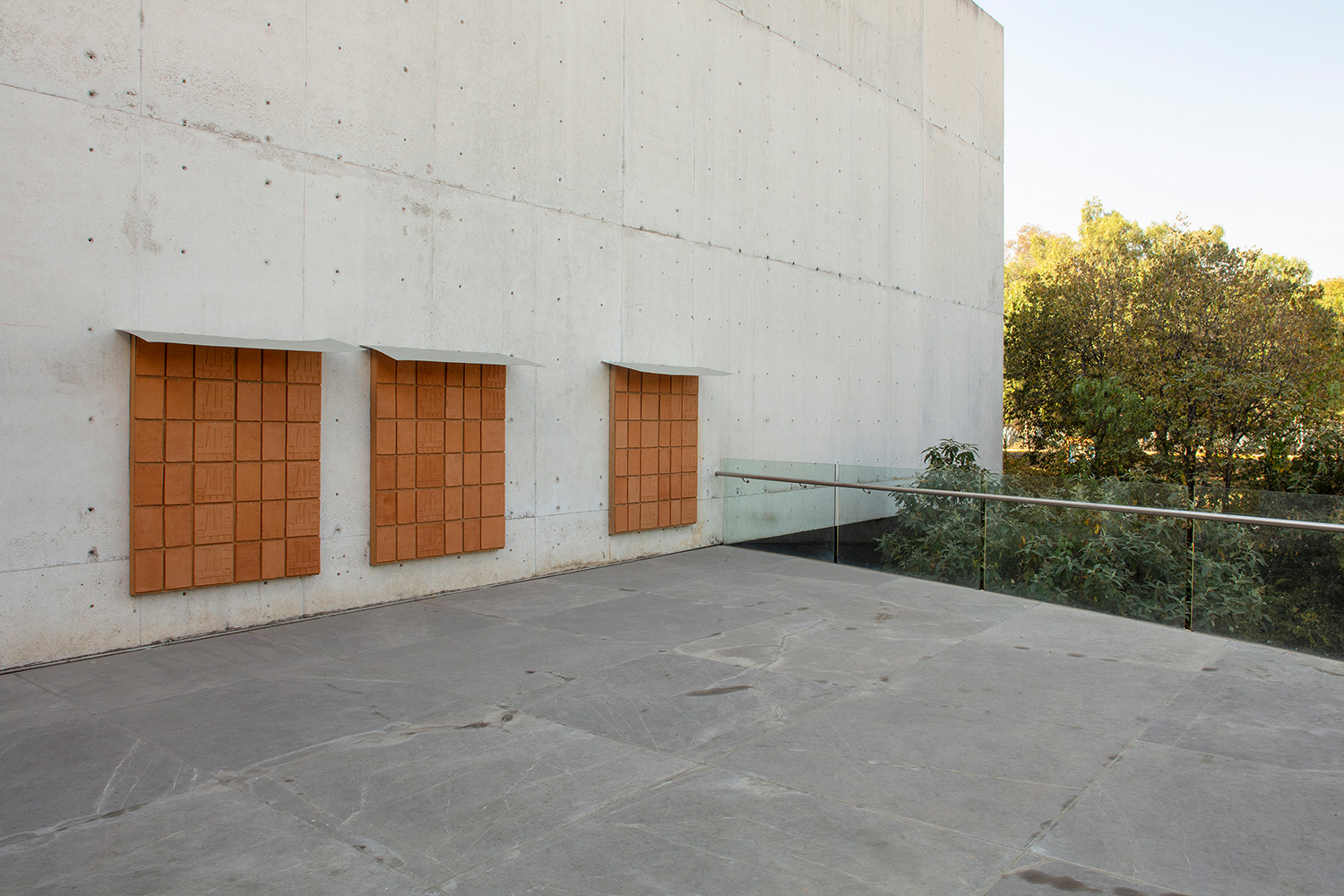
Códice Humboldt Fragmento 1/ Códice Azoyú 2 Reverso, 2021, 342 compressed raw earth tiles, 144 tiles: 30x30x2cm and 228 tiles: 30x20x2cm. Photo: Ramiro Chaves
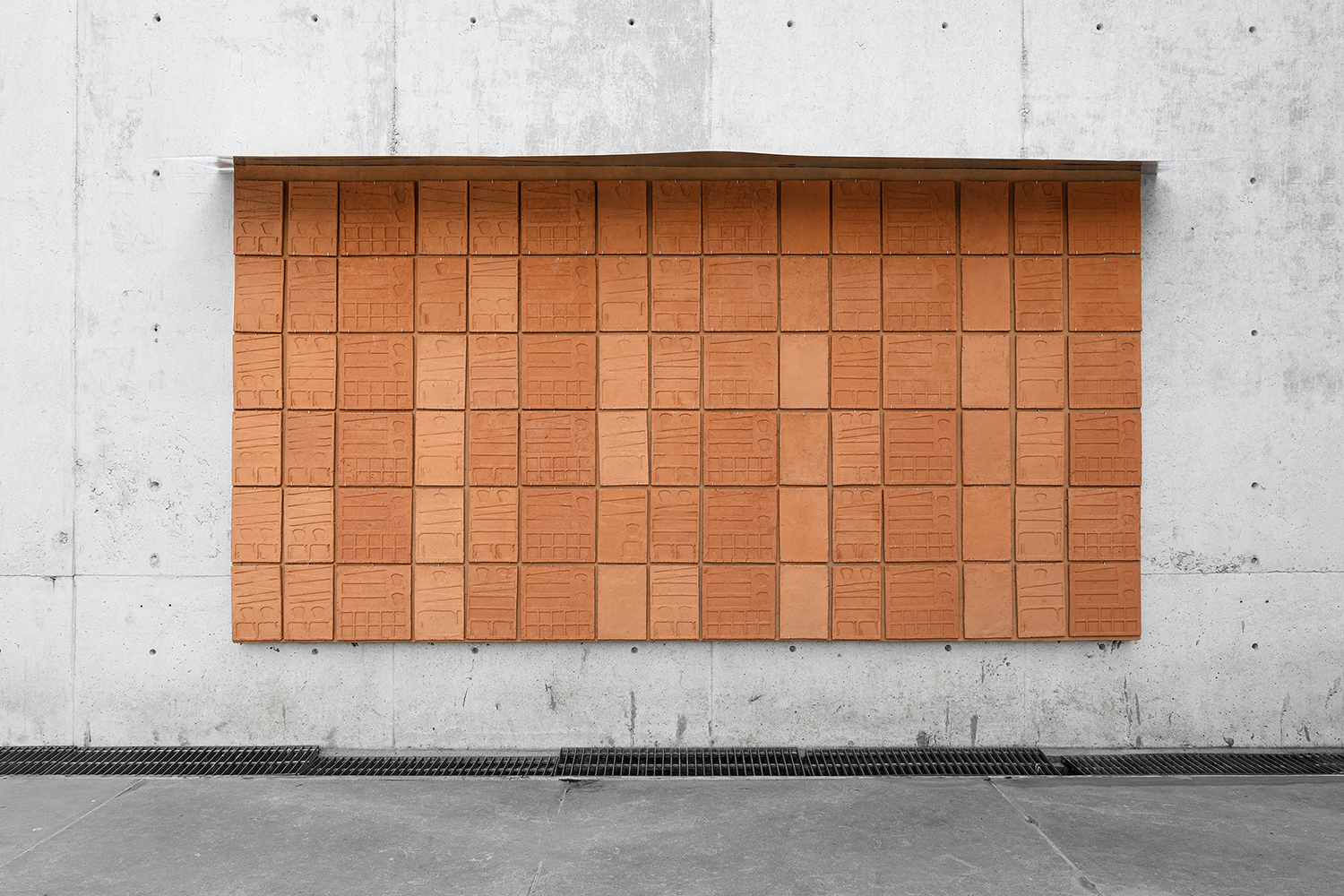
Códice Humboldt Fragmento 1/ Códice Azoyú 2 Reverso, 2021, 342 compressed raw earth tiles, 144 tiles: 30x30x2cm and 228 tiles: 30x20x2cm. Photo: Gerardo Landa Rojano
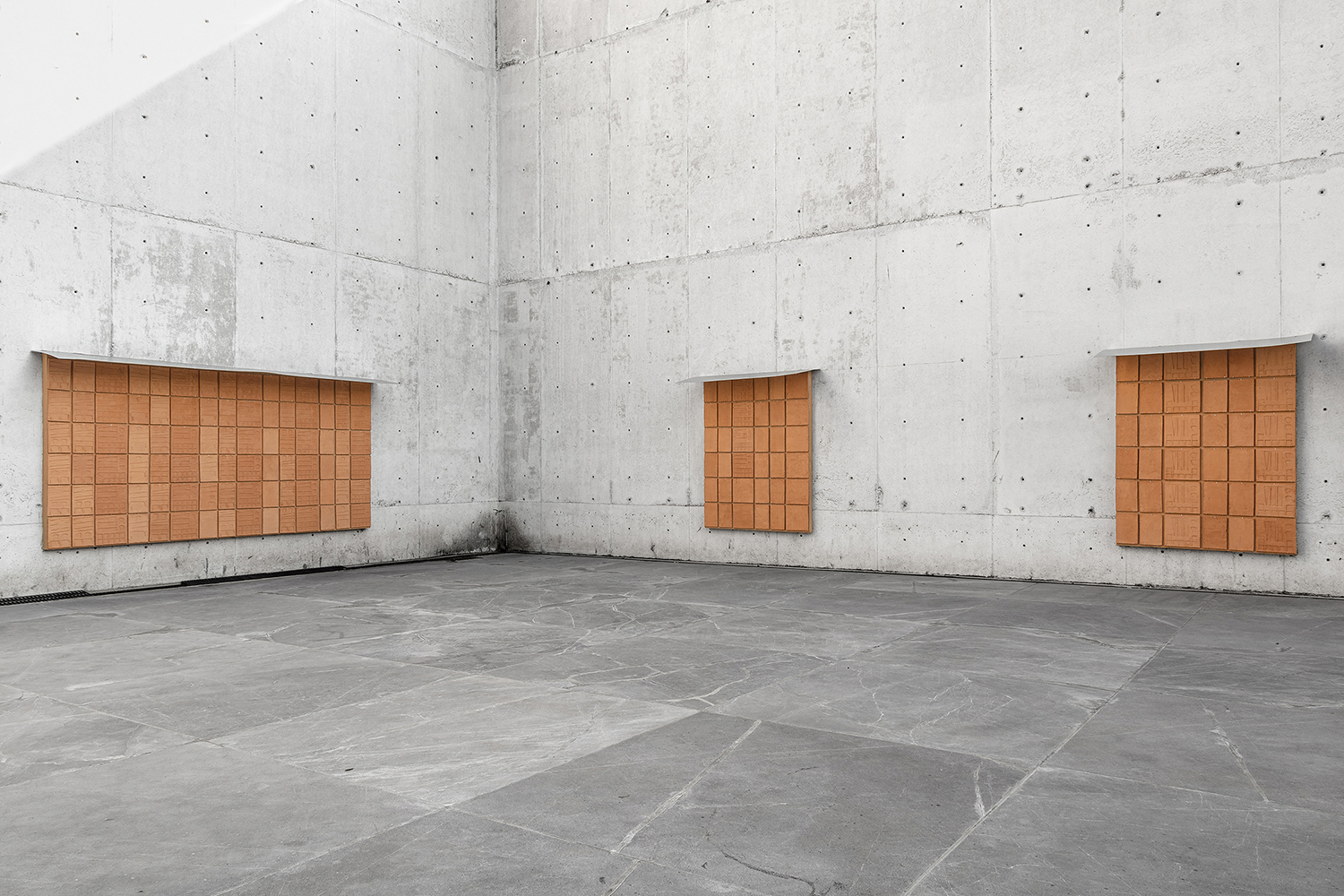
Códice Humboldt Fragmento 1/ Códice Azoyú 2 Reverso, 2021, 342 compressed raw earth tiles, 144 tiles: 30x30x2cm and 228 tiles: 30x20x2cm. Photo: Gerardo Landa Rojano
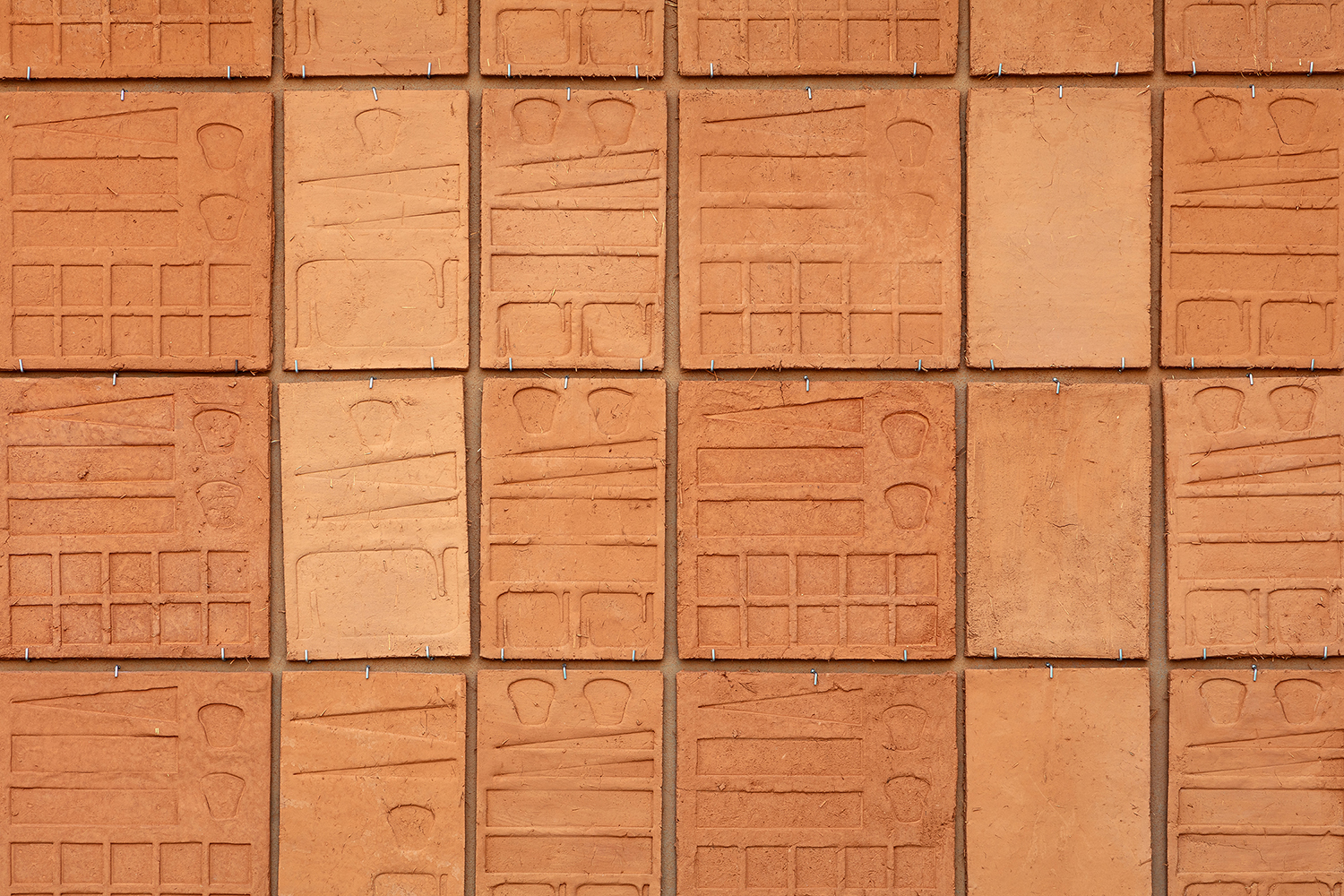
Detail of Códice Humboldt Fragmento 1/ Códice Azoyú 2 Reverso, 2021, 342 compressed raw earth tiles, 144 tiles: 30x30x2cm and 228 tiles: 30x20x2cm. Photo: Gerardo Landa Rojano
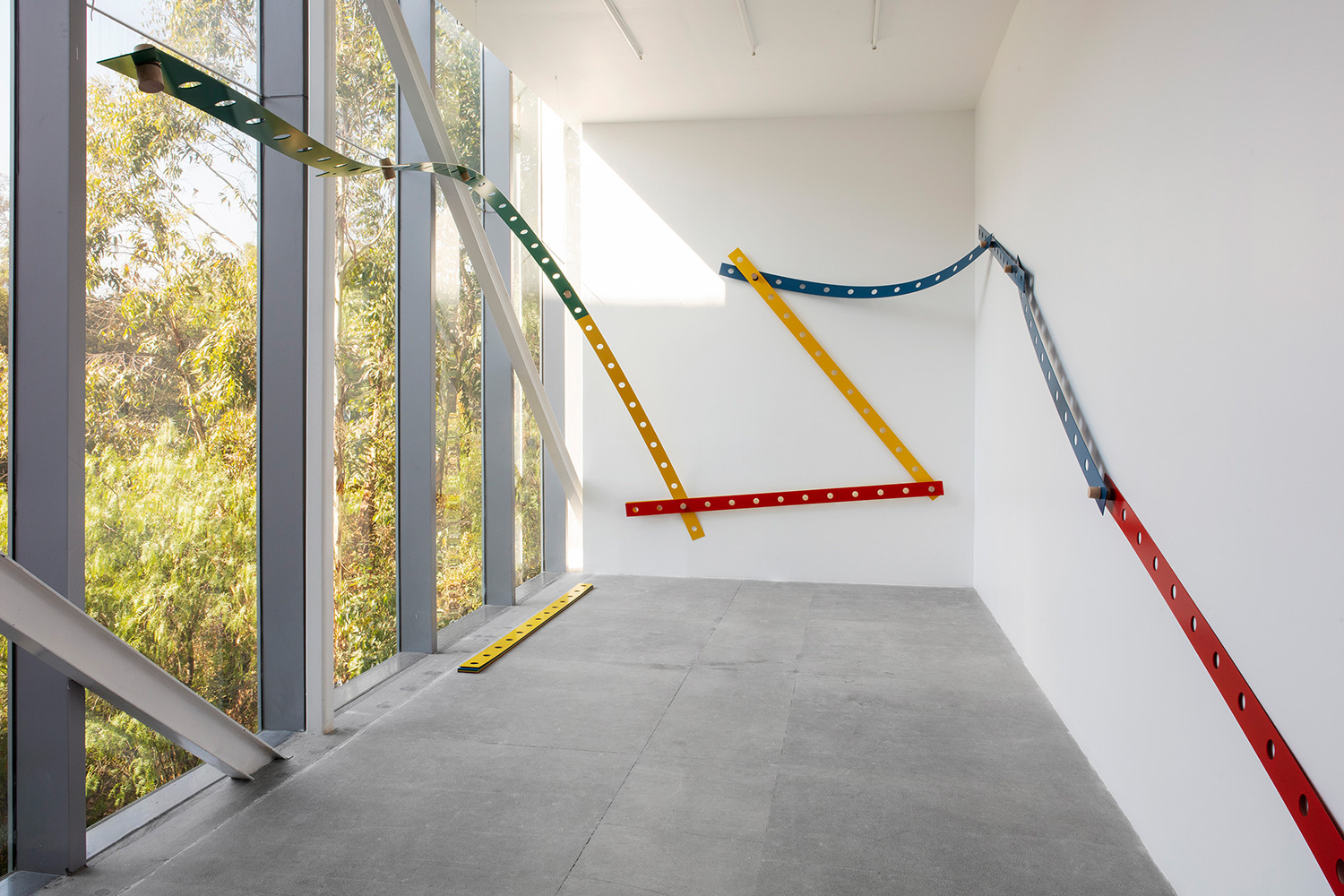
Tonalpohualli, Chicago, 2018. 20 perforated strips of aluminium with electrostatic painting, wood joints, each strip: 270 x 12 x 0,3cm. Photo: Ramiro Chaves
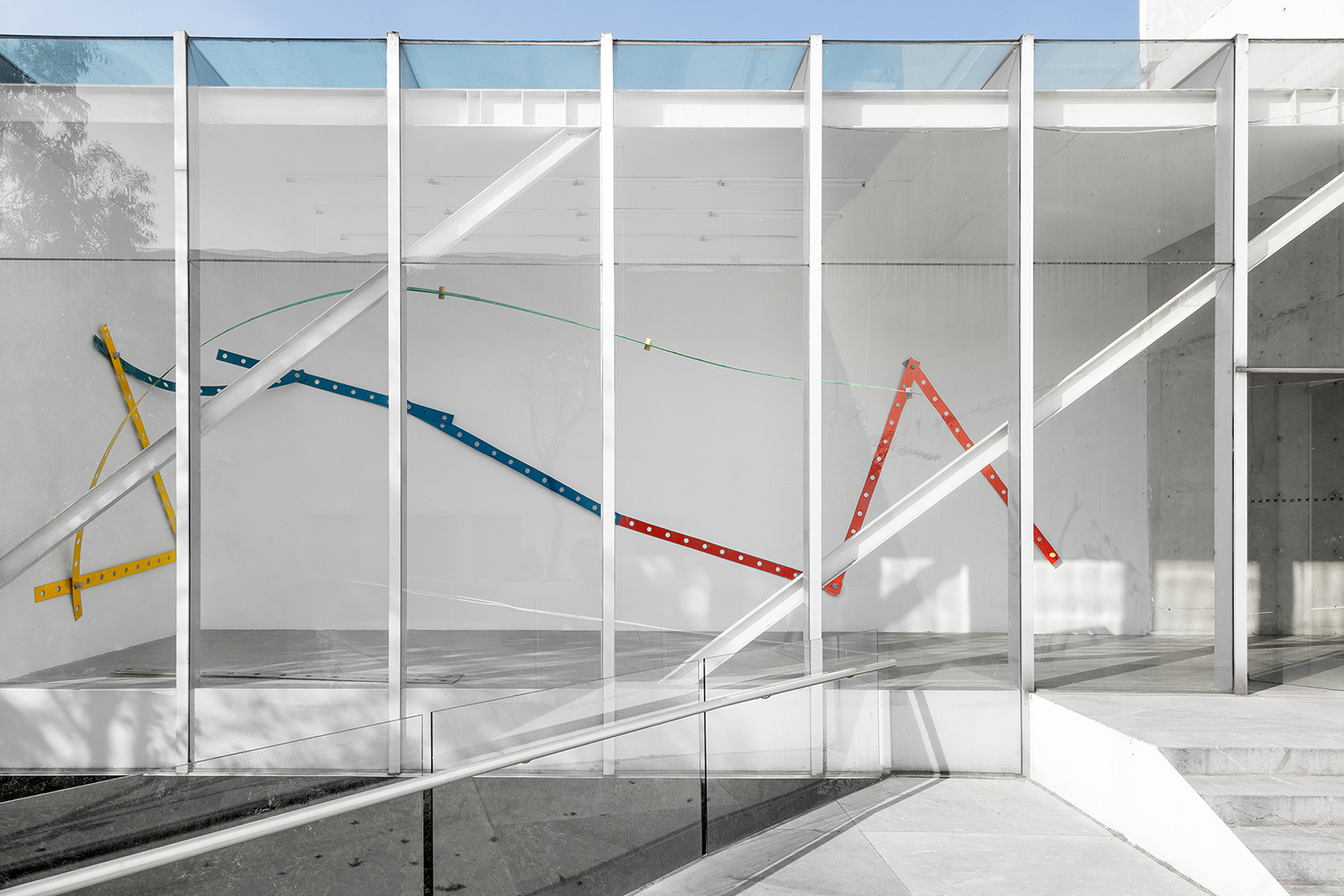
Tonalpohualli, Chicago, 2018. 20 perforated strips of aluminium with electrostatic painting, wood joints, each strip: 270 x 12 x 0,3cm. Photo: Gerardo Landa Rojano
Amarantus
MGK Siegen, Siegen January 28 – August 8, 2021
The title of the exhibition Amarantus refers to the plant amaranth, one of the most important foodstuffs in Mexico and it is also an ingredient related to different rituals. Amaranth seeds, in nahuatl huahtli, was mixed with black maguey syrup. After it was kneaded, an idol was made of that dough called Ixiptla. These figural representations were embodiments of the sacred and not just a representational substitute. Amaranth was forbidden by the Spanish during colonial times because of the ritualistic connections.
The Greek meaning of the word ἀμάραντος conveys the idea of a flower that never wilts. It is in a similar way that Mariana Castillo Deball understands the objects she is following. Even out of their original context they resemble flowers that never die. In this way the artist imagines a museum that permits different readings of cultural knowledge and reveals fresh connecting threads between objects.
The exhibition at MGKSiegen is the first solo presentation in Germany covering the Mexican artist's complete œuvre. Works from the last 15 years are being presented in 14 rooms. Among them are many current installations newly conceived and produced for the Siegen exhibition.
Amarantus at MGKSiegen is curated by Thomas Thiel and being produced in collaboration with the MUAC - Museo Universitario Arte Contemporáneo, Mexico and Artium - Centro-Museo Vasco de Arte Contemporáneo de Vitoria-Gasteiz, Spain, where it will be shown and curated by Catalina Lozano subsequently.
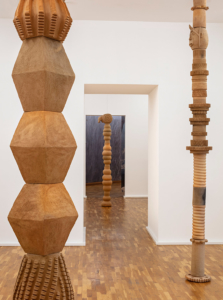
Mechanical Column
(Sérignan), Rhomboid (Sérignan), Snake (Sérignan), 2015
Ceramic columns,
Courtesy of the artist and Galerie Barbara Wien, Berlin. Photo: Philipp Ottendorfer.
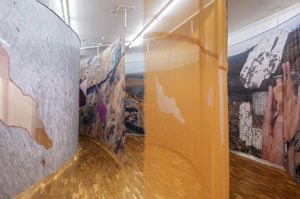
“Once I thought the world was somewhere else” Siegen, mgk Siegen, Germany, 2021. Photo: Philipp Ottendorfer.
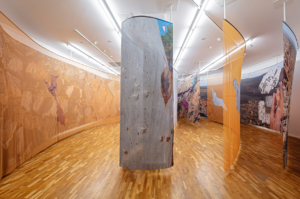
“Once I thought the world was somewhere else” Siegen, mgk Siegen, Germany, 2021. Photo: Philipp Ottendorfer.
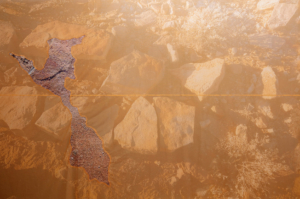
“Once I thought the world was somewhere else” Siegen, mgk Siegen, Germany, 2021. Photo: Philipp Ottendorfer.

detail of The Institute of Chance, 2004 in the exhibition Amarantus, mgk Siegen, Germany, 2021. Photo: Philipp Ottendorfer.
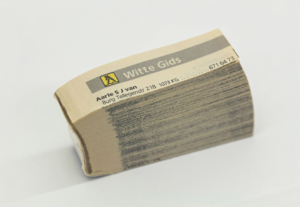
detail of The Institute of Chance, 2004 in the exhibition Amarantus, mgk Siegen, Germany, 2021. Photo: Philipp Ottendorfer.
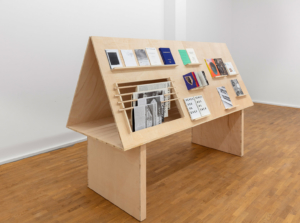
“The world of words”, 2019 in the exhibition Amarantus, mgk Siegen, Germany, 2021. Photo: Philipp Ottendorfer.
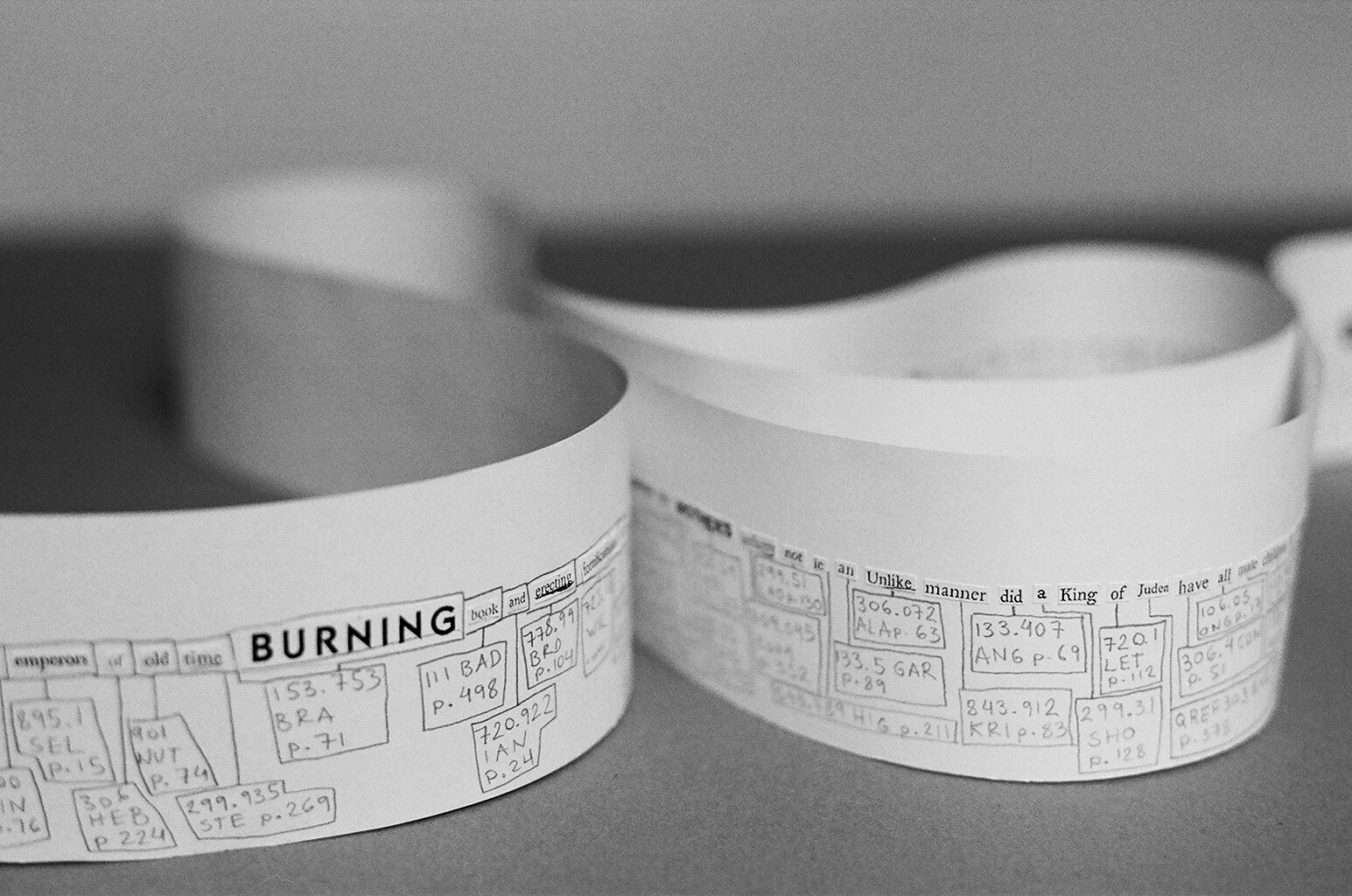
Paper strip with the 987 words stolen from the library and its corresponding references, ca. / approx. 10 × 1000 cm
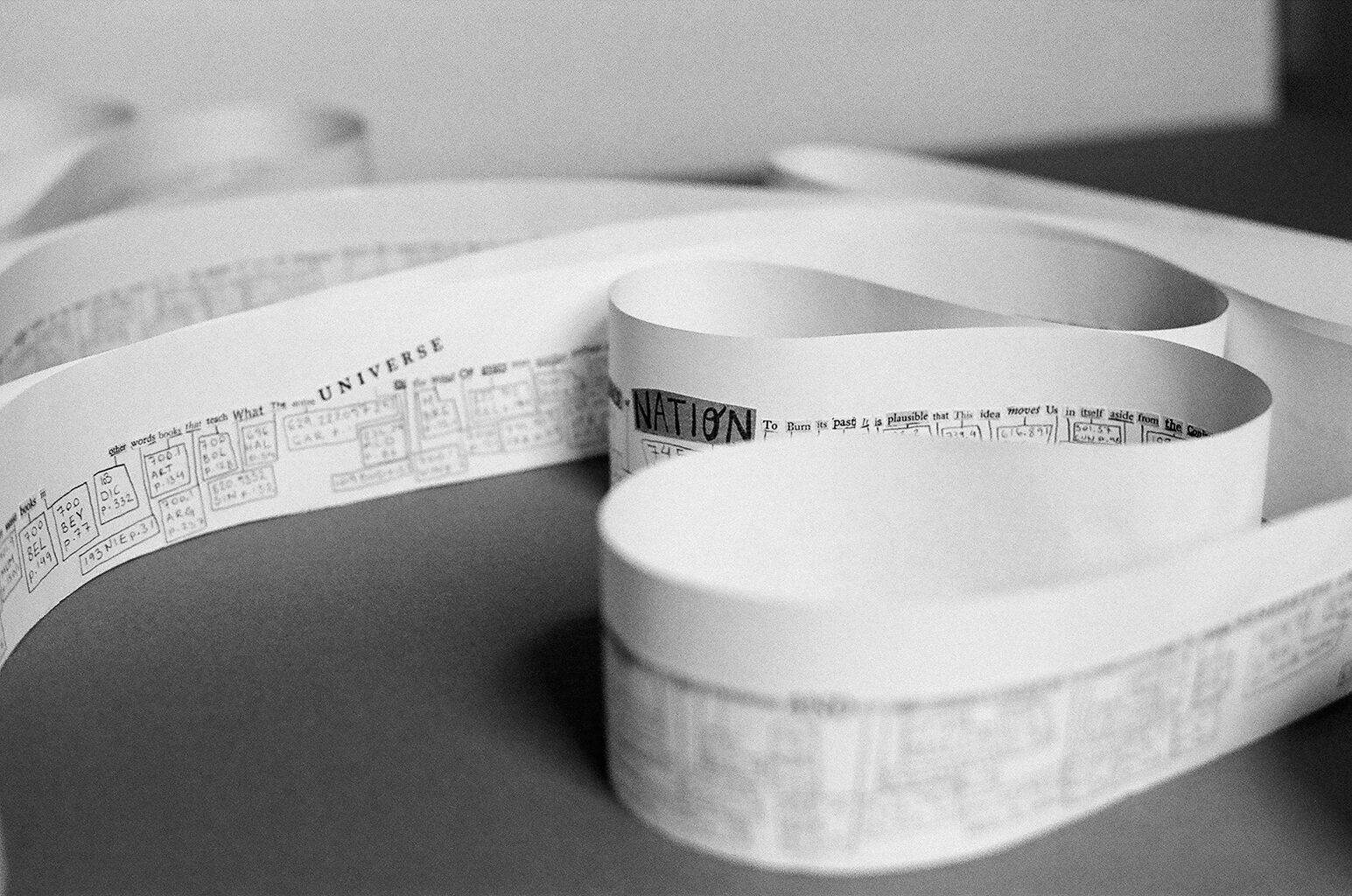
Paper strip with the 987 words stolen from the library and its corresponding references, ca. / approx. 10 × 1000 cm
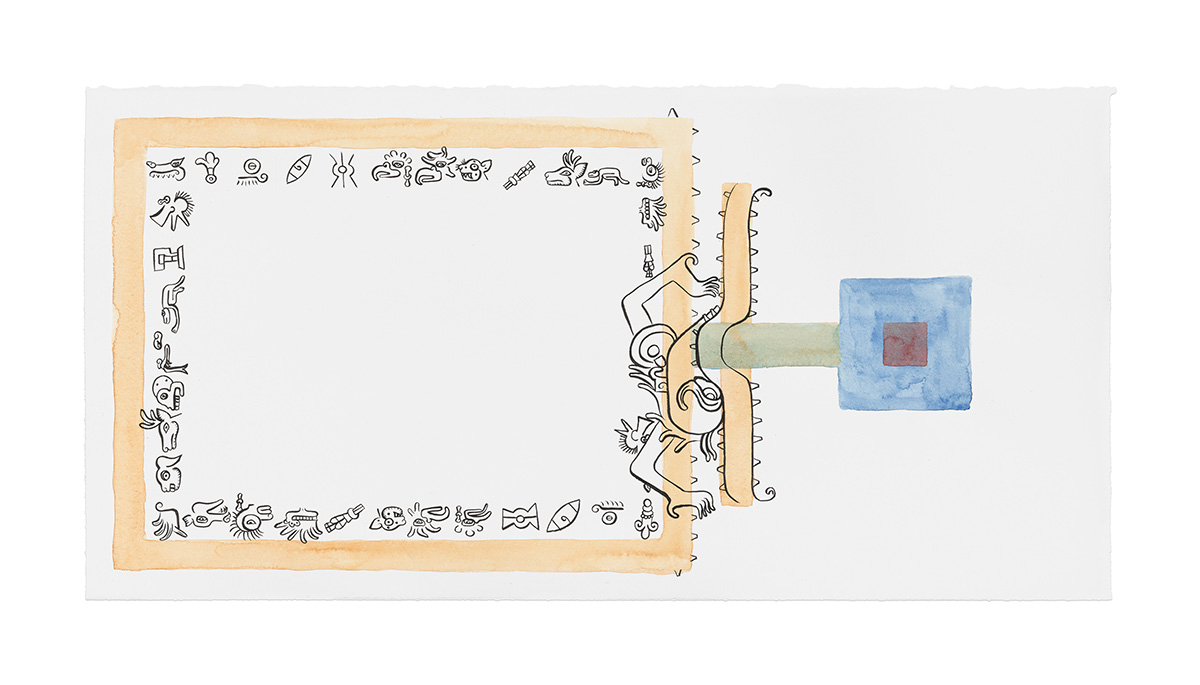
Crocodile skin book of the days, 2018
Watercolor and ink on paper
35.0cm ⨉ 70.0cm
. Photo: Philipp Ottendorfer.
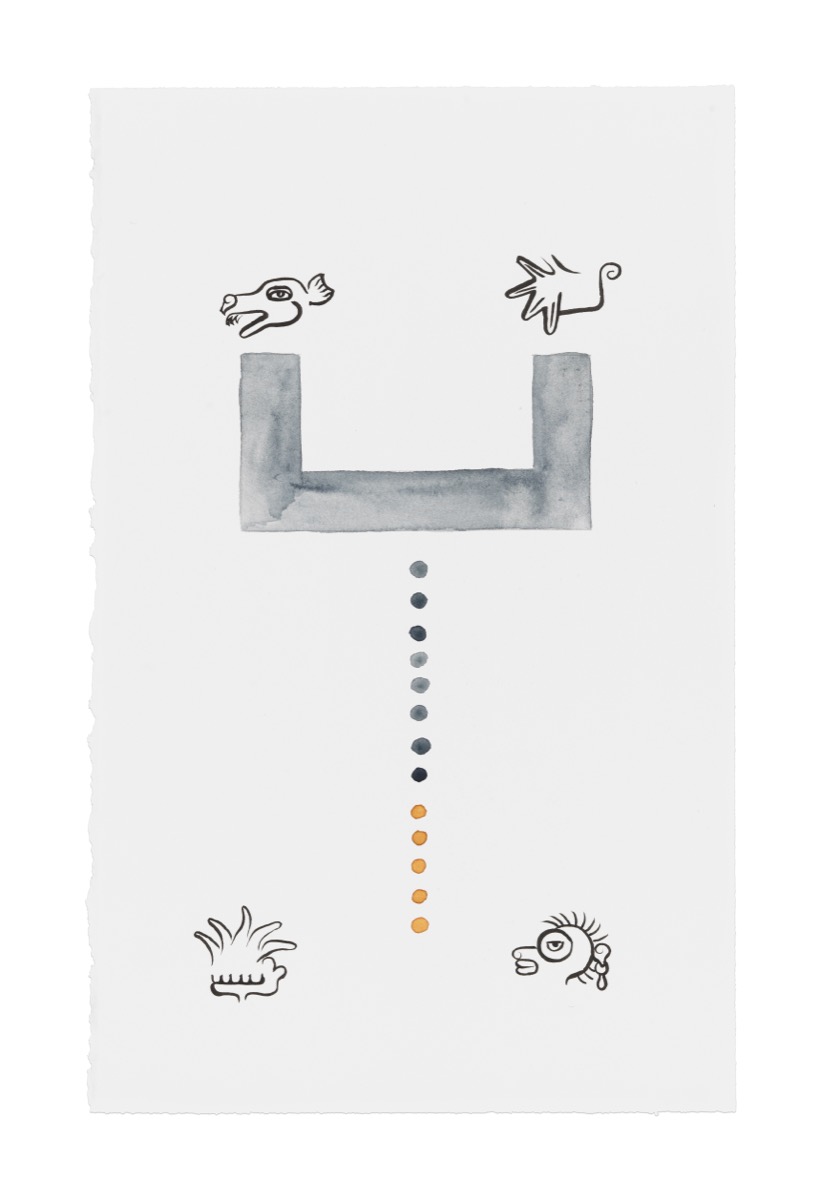
Scorpion Time, 2018
Watercolour on paper
. Photo: Philipp Ottendorfer.
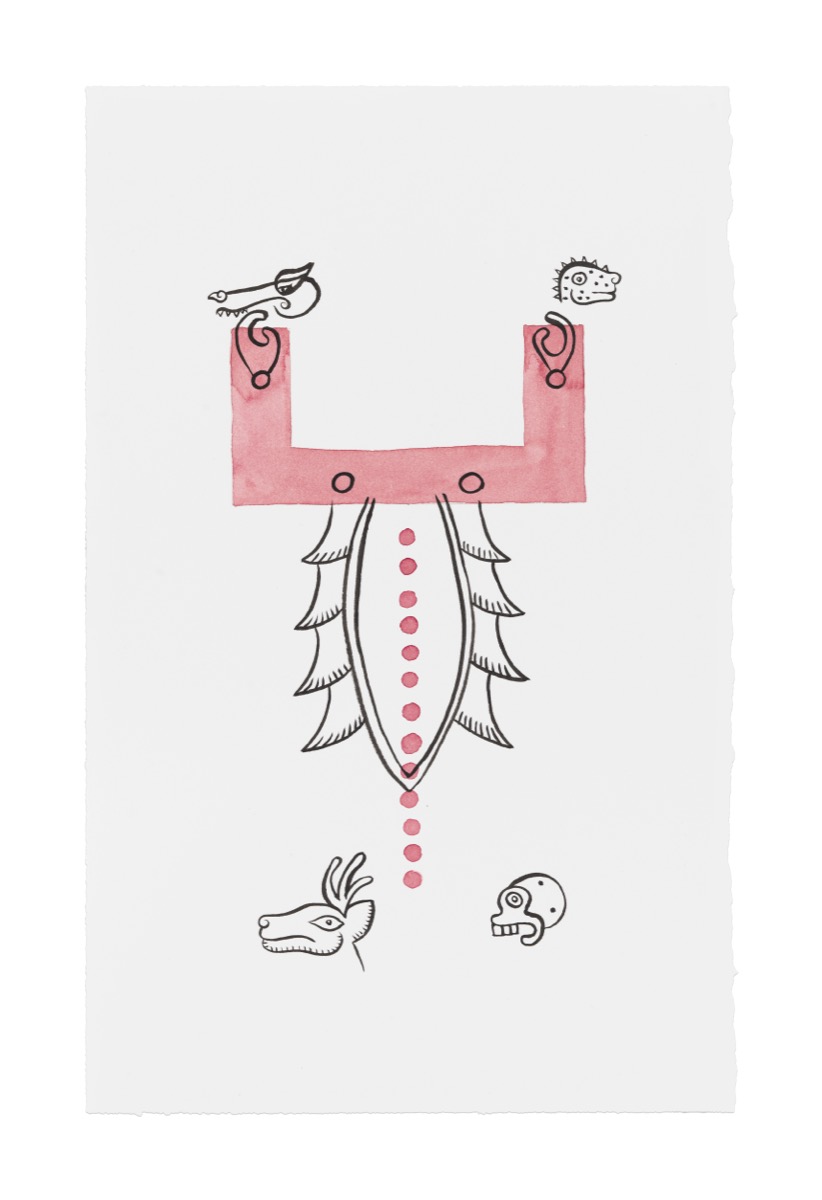
Scorpion Time II, 2018
Watercolor and ink on paper
35cm ⨉ 22cm
. Photo: Philipp Ottendorfer.
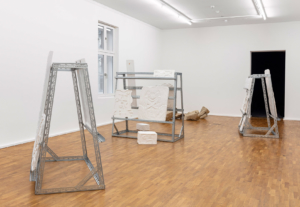
Hieroglyph Storage, Jaguar Storage, Papantla Storage, 2014, at Amarantus, mgk Siegen, 2021.Photo: Philipp Ottendorfer.
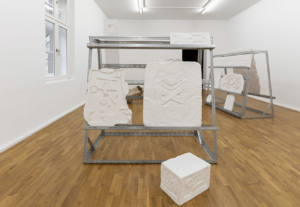
Hieroglyph Storage, 2014. in the exhibition Amarantus, mgk Siegen, Germany, 2021. Photo: Philipp Ottendorfer.
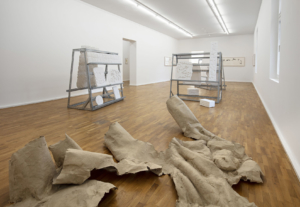
Tree trap Oaxaca, 2014, Amarantus, mgk Siegen, Germany, 2021. Photo: Philipp Ottendorfer.
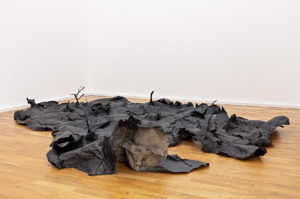
Tree Trap Cove Park, 2013. installation view in the exhibition Amarantus, mgk Siegen, Germany, 2021. Photo: Philipp Ottendorfer.
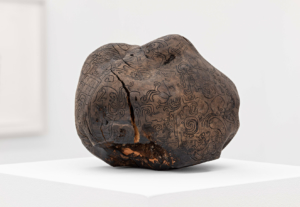
detail of Zoomorph P, 2013. in the exhibition Amarantus, mgk Siegen, Germany, 2021. Photo: Philipp Ottendorfer.
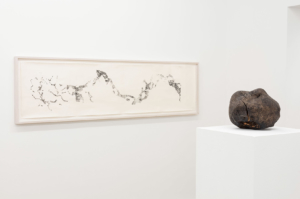
Zoomorph P, 2013. in the exhibition Amarantus, mgk Siegen, Germany, 2021. Photo: Philipp Ottendorfer.
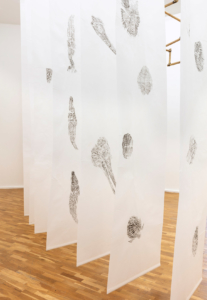
detail of Pleasures of Association, and Poissons, such as Love, 2017. installation view of the exhibition Amarantus, mgk Siegen, Germany, 2021. Photo: Philipp Ottendorfer.
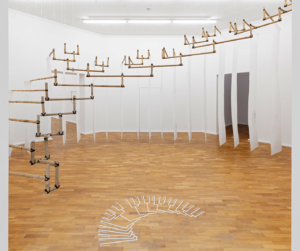
Pleasures of Association, and Poissons, such as Love, 2017. installation view of the exhibition Amarantus, mgk Siegen, Germany, 2021. Photo: Philipp Ottendorfer.
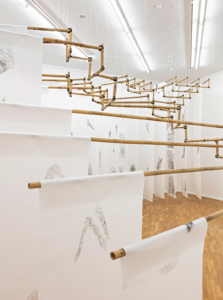
detail of Pleasures of Association, and Poissons, such as Love, 2017. installation view of the exhibition Amarantus, mgk Siegen, Germany, 2021. Photo: Philipp Ottendorfer.
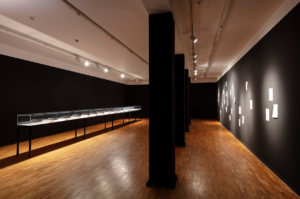
Installation view of the exhibition Amarantus, mgk Siegen, Germany, 2021.
. Photo: Philipp Ottendorfer.
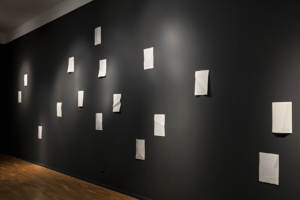
Falschgesichter, 2018. installation view in the exhibition Amarantus, mgk Siegen, Germany, 2021. Photo: Philipp Ottendorfer.
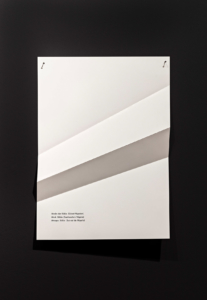
Falschgesichter, 2018. installation view in the exhibition Amarantus, mgk Siegen, Germany, 2021. Photo: Philipp Ottendorfer.
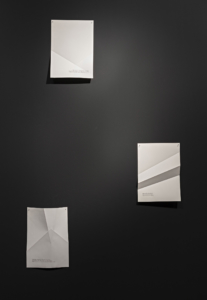
Falschgesichter, 2018. installation view in the exhibition Amarantus, mgk Siegen, Germany, 2021. Photo: Philipp Ottendorfer.
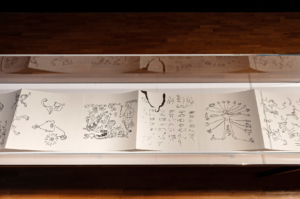
detail of El donde estoy va desapareciendo, 2011. installation view in the exhibition Amarantus, mgk Siegen, Germany, 2021. Photo: Philipp Ottendorfer.
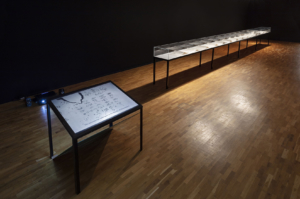
El donde estoy va desapareciendo, 2011. installation view in the exhibition Amarantus, mgk Siegen, Germany, 2021. Photo: Philipp Ottendorfer.
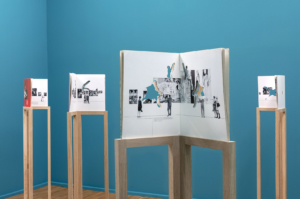
Do ut Des. Installation view of the exhibition Amarantus, mgk Siegen, Germany, 2021. Photo: Philipp Ottendorfer.
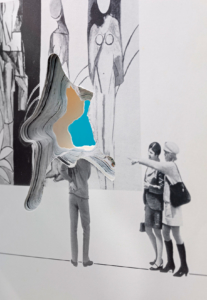
Do ut Des. Installation view of the exhibition Amarantus, mgk Siegen, Germany, 2021. Photo: Philipp Ottendorfer.
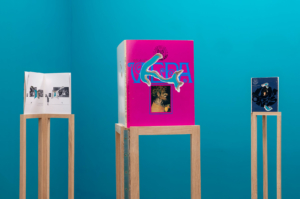
Do ut Des. Installation view of the exhibition Amarantus, mgk Siegen, Germany, 2021. Photo: Philipp Ottendorfer.
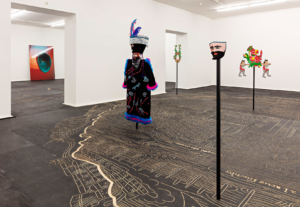
No acabaran mis flores, 2013. and Nuremberg Map of Tenochtitlan, 2013. Installation view in the exhibition Amarantus, mgk Siegen, Germany, 2021. Photo: Philipp Ottendorfer.
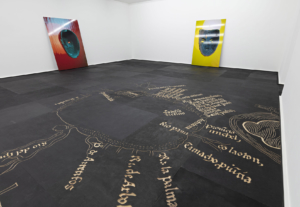
Nuremberg Map of Tenochtitlan, 2013. Installation view in the exhibition Amarantus, mgk Siegen, Germany, 2021. Photo: Philipp Ottendorfer.
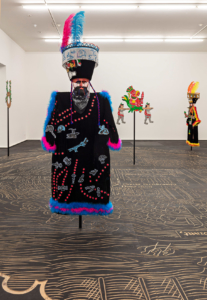
detail of No acabaran mis flores, 2013. Installation view in the exhibition Amarantus, mgk Siegen, Germany, 2021. Photo: Philipp Ottendorfer.
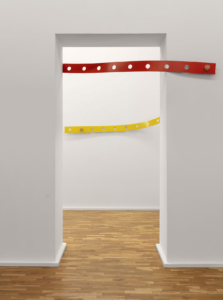
Tonalpohualli, 2018. Installation view in the exhibition Amarantus, mgk Siegen, Germany, 2021. Photo: Philipp Ottendorfer.
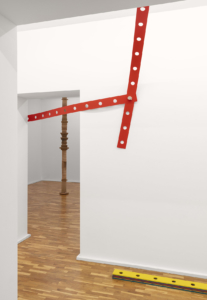
Tonalpohualli, 2018. Installation view in the exhibition Amarantus, mgk Siegen, Germany, 2021. Photo: Philipp Ottendorfer.